- +971 50 291 5301
- [email protected]
- Suite 17, The Iridium Building, Umm Suqeim Road


Desert Safari Photoshoot Ideas
Home / Desert Safari Photoshoot Ideas
- June 7, 2023
Desert Safari Photoshoot Ideas: Captivating Moments in the Sands
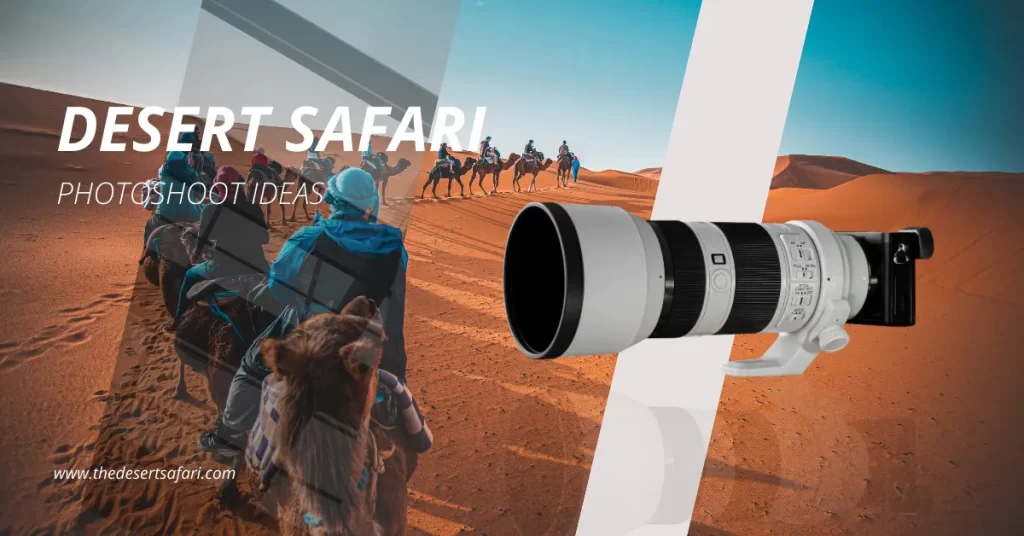
Ever thought of mixing the excitement of a desert safari with the creative art of photography? Well, if you have, you’re in the right place! The magnificent landscape of Dubai’s desert can make for some of the most stunning photoshoots. With the sun setting over the endless stretch of sand, a photo shoot in the Desert Safari Dubai is a dream for every shutterbug. Let’s walk through some of the most unique and inspiring Desert Safari Dubai Photoshoot Ideas.
Dubai is much more than its towering skyscrapers and luxurious lifestyles. It is a land of contrasts, and the beautiful desert serves as a testimony to this fact. Let’s dive into the vast expanse of the Arabian desert to unearth some incredible photoshoot ideas.
1. Capture the Golden Hour
The desert can transform into an ethereal landscape during the golden hour – that fleeting time right after sunrise or just before sunset. The warm, golden light creates an incredible backdrop for portraits. Plus, it adds a surreal charm to your landscape shots, with the sun casting long shadows over the dunes.
2. Unleash the Beauty of Silhouettes
As the sun dips below the horizon, it provides a great opportunity to create silhouette shots. Position your subject between your camera and the setting sun to capture some dramatic silhouette photos. It could be a person, a camel, or even a 4×4 vehicle – let your creativity run wild!
Blend Adventure and Photography
1. action shots on a quad bike.
Desert safari is synonymous with adventurous activities like quad biking. A photo session capturing these thrilling moments can add a dynamic element to your album. Experiment with various angles and shots to encapsulate the exhilarating essence of this desert adventure.
2. Sandboarding Photoshoot
Ever tried sandboarding down the mighty dunes? If yes, then you know the adrenaline rush it brings. Capture that thrill in your camera! Action shots of you or your model sandboarding can be stunning, especially when combined with the vast, scenic desert backdrop.
Embrace the Cultural Side
1. traditional bedouin camp photoshoot ideas.
A visit to a Bedouin camp is a glimpse into the traditional Emirati lifestyle. The rustic charm of these camps can be the perfect setting for a cultural photoshoot. Don’t miss out on capturing the intricate details of the camp – the lantern-lit tents, the intricate carpets, and the traditional Emirati attire.
2. Belly Dancing Under the Stars
Nothing screams ‘Arabian Nights’ louder than a belly dance performance under the starlit desert sky. This vibrant and lively event can add a touch of mystique to your photos. Remember to play with lighting and shadows to create the perfect mood.
The Magic of Night Photography
1. star trails in the desert sky.
The desert is a fantastic location for astrophotography, thanks to the minimal light pollution. Capture the star trails or the Milky Way sprawling across the desert sky. It’s a challenging task but the result is surely worth it!
2. Night Portraits Amidst the Dunes
Shooting portraits at night can be a bit tricky, but with the right techniques and equipment, you can create magical shots. Use a flashlight or other light sources to illuminate your subject against the backdrop of the serene desert and twinkling stars.
Incorporate Local Wildlife
1. camel portraits and action shots.
Camels are an essential part of the Arabian culture and landscape. Capturing these gentle creatures in your photoshoot can add an authentic touch. Be it a close-up portrait or an action shot of camels walking across the dunes, it’s sure to make an impression.
2. Falconry Displays
Falconry, a popular sport in the Middle East, offers excellent opportunities for action shots. These majestic birds in flight, or perched on a handler’s arm, can make for some captivating photos.
Utilize Drone Photography
1. aerial views of the vast expanse.
Drones open up a whole new perspective for photographers. An aerial view of the desert, with its undulating dunes and unique patterns, can create some stunning images. It’s an excellent way to show the desert’s vastness and its ever-changing topography.
2. Bird’s Eye View of the Safari Activities
Using drones, capture the thrill of the safari activities from a bird’s eye view. Be it a caravan of 4x4s dune bashing or a group of people sandboarding, these high-angle shots can add a unique touch to your photoshoot.
Play with Perspectives
1. forced perspective shots.
Desert, with its vast and open space, is perfect for playing around with forced perspective photography. You can create whimsical images that trick the viewer’s eyes. For instance, a photo where it looks like you’re ‘pushing’ a distant sand dune or ‘holding’ the sun.
2. Minimalist Desert Landscapes Photoshoot Ideas
Minimalism is all about simplicity, and the desert provides ample opportunities for this style of photography. Focus on the bare elements like the sand dunes and the sky. The resulting images, with their clean lines and uncluttered composition, can be incredibly impactful.
Preparation and Safety Tips for Your Desert Safari Photoshoot
1. protecting your gear in the desert.
While the desert makes for a wonderful photography location, it can also be harsh on your equipment. Sand and dust can damage your camera and lenses, so it’s important to use protective gear like rain covers or zip-lock bags to shield your equipment.
2. Dress Appropriately
It’s crucial to dress appropriately for a desert photoshoot. Loose, light-colored clothing is advisable to keep cool under the desert sun. Don’t forget a good pair of shoes, a hat, and sunscreen.
3. Be Aware of the Local Rules and Regulations
Before heading out for your photoshoot, familiarize yourself with the local laws and regulations, especially concerning drone photography. Respecting these rules will ensure a hassle-free experience.
Editing Your Desert Safari Photos
1. enhancing the golden tones.
Post-processing plays a crucial role in bringing out the best in your desert photos. Enhancing the golden tones can give your images a warm, dreamy feel that’s characteristic of desert landscapes.
2. Playing with Shadows and Contrast
Shadows and contrast can add depth to your desert photos, creating a three-dimensional effect. Use editing tools to play around with these elements and bring out the textures and patterns of the desert.
Turning Your Photos into a Story
1. creating a photo series.
From the thrilling dune bashing to the tranquil starry night, let your photos depict the full spectrum of your desert safari experience.
2. Using Captions Effectively
Sometimes, a photo needs words to complete the story. An effective caption can provide context, share insights, or evoke emotions that enhance the visual narrative.
Showcasing Your Work
1. social media – a global stage.
Social media platforms like Instagram are a great way to showcase your work. Use relevant hashtags, such as #DesertSafariDubaiPhotoshootIdeas, to reach a broader audience. Also, interact with your followers by responding to comments and joining photography groups.
2. Local Exhibitions and Competitions
Participating in local exhibitions and photography competitions can also be a great way to get your work noticed. It can open doors to new opportunities and help you connect with other photography enthusiasts.
Embrace the challenge of capturing the raw beauty and excitement of a desert safari in Dubai. The desert’s golden dunes, vibrant cultural displays, thrilling activities, and peaceful nights under the stars offer countless possibilities for stunning photos.
The only limit is your creativity. So, grab your camera, follow these Desert Safari Dubai Photoshoot Ideas, and embark on a unique photographic journey!
The best time is during the “golden hour” – shortly after sunrise or just before sunset. The soft light during these hours casts beautiful shadows and gives a warm glow to the photos.
Traditional Emirati items, musical instruments, vintage cars, or even colorful smoke flares can work well.
Contrasting the sandy hues with bright, colorful outfits can make your subjects stand out. Traditional Emirati attire or flowy dresses can create dynamic shots.
Stay hydrated, protect yourself from the sun, and be cautious of desert wildlife.
Yes, drones can be used, but make sure to follow the local regulations regarding drone usage.
Activities like quad biking, sandboarding, camel riding, and dune bashing can add a dynamic element to your photoshoot.
The Desert Safari Posts

Discover the Best Public BBQ Places in Dubai Desert for a Perfect Grill Experience

4×4 Upgrades for Dune Bashing in Dubai
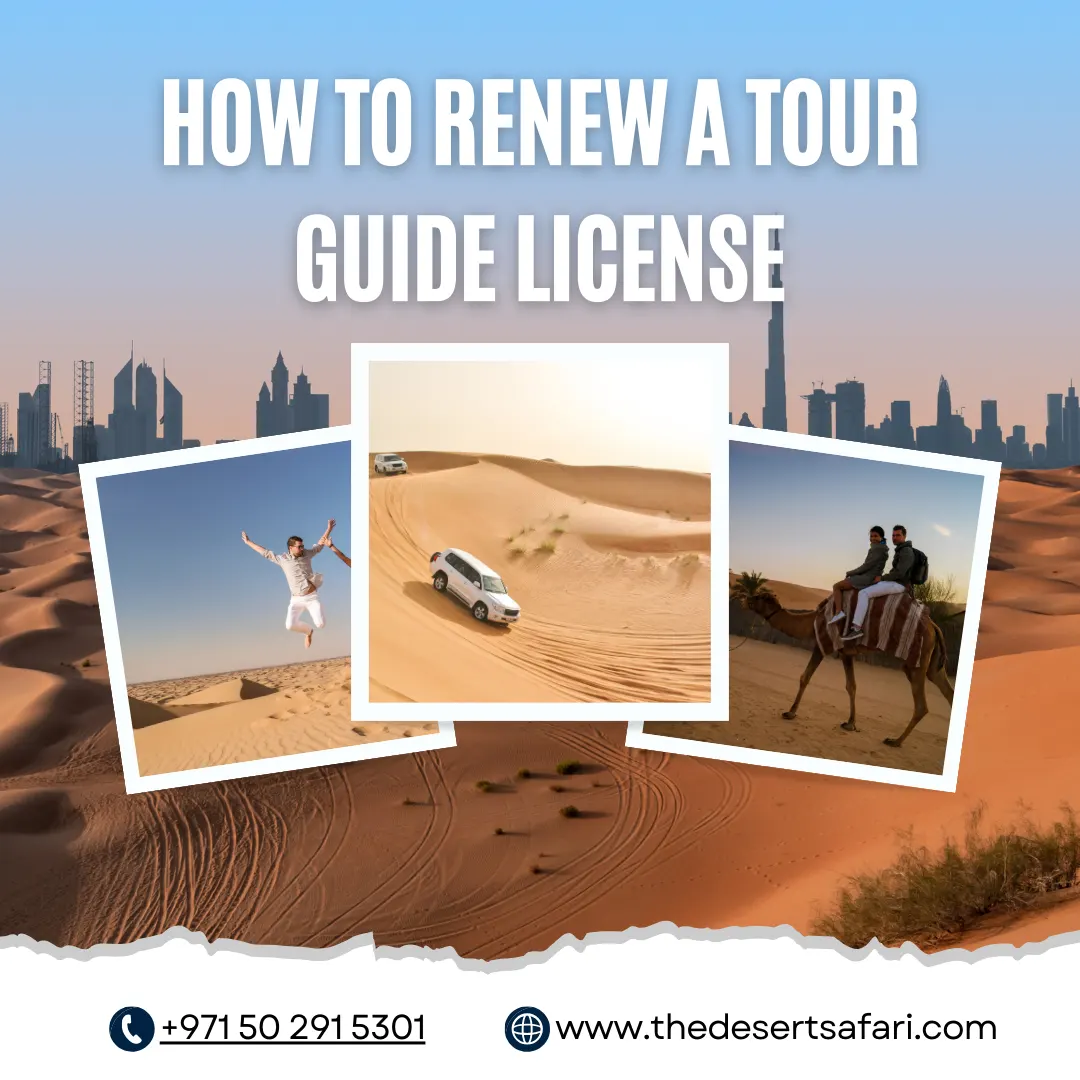
How to Renew a Tour Guide License in Dubai

How to Become a Tour Guide in Dubai

How to Book Desert Safari in Dubai
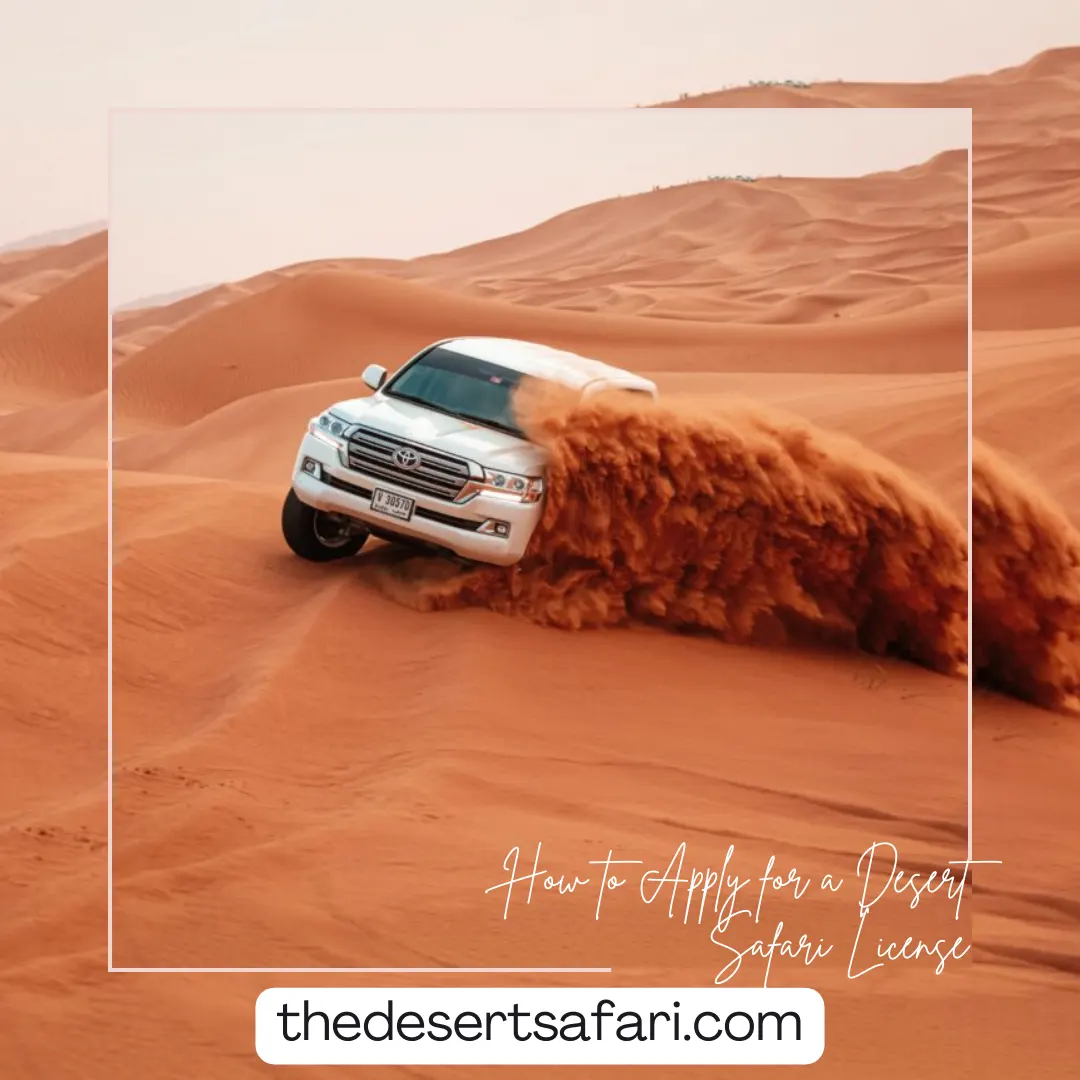
How to Apply for a Desert Safari License in Dubai

How to Drive a Dune Buggy in the Dubai Desert
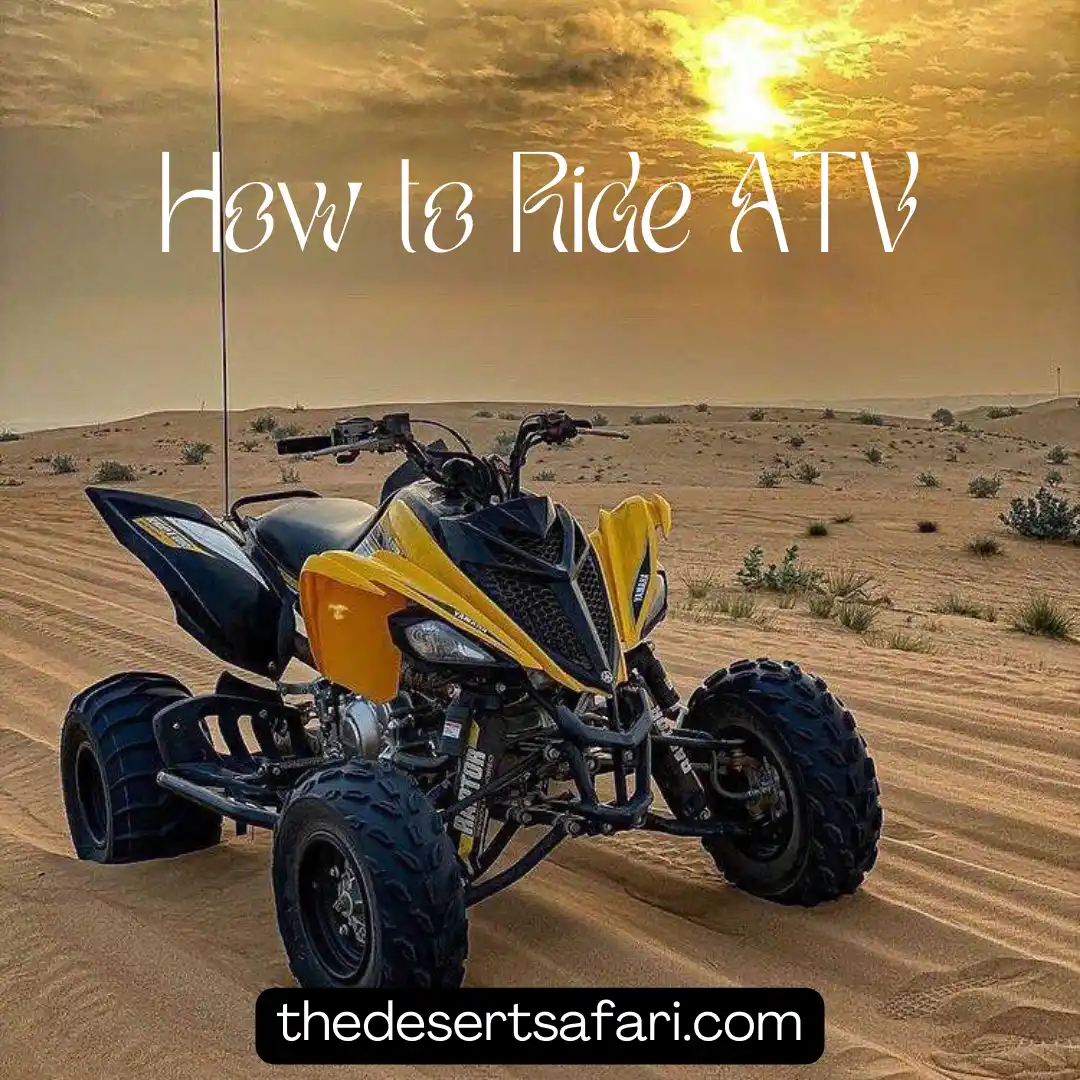
How to Drive an Automatic ATV Safely in the Dubai Desert
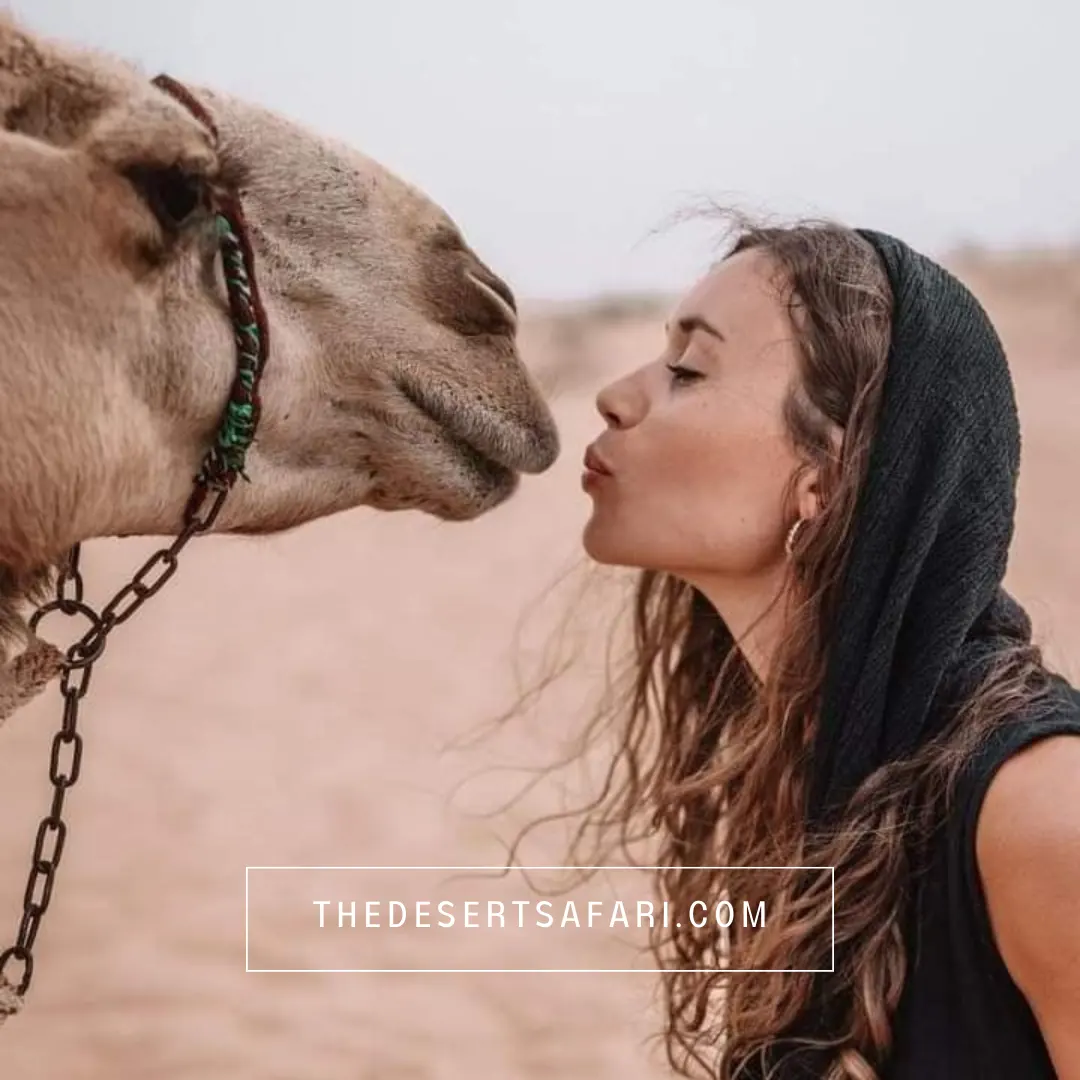
How to Ride a Camel in Dubai – A Comprehensive Beginner’s Guide
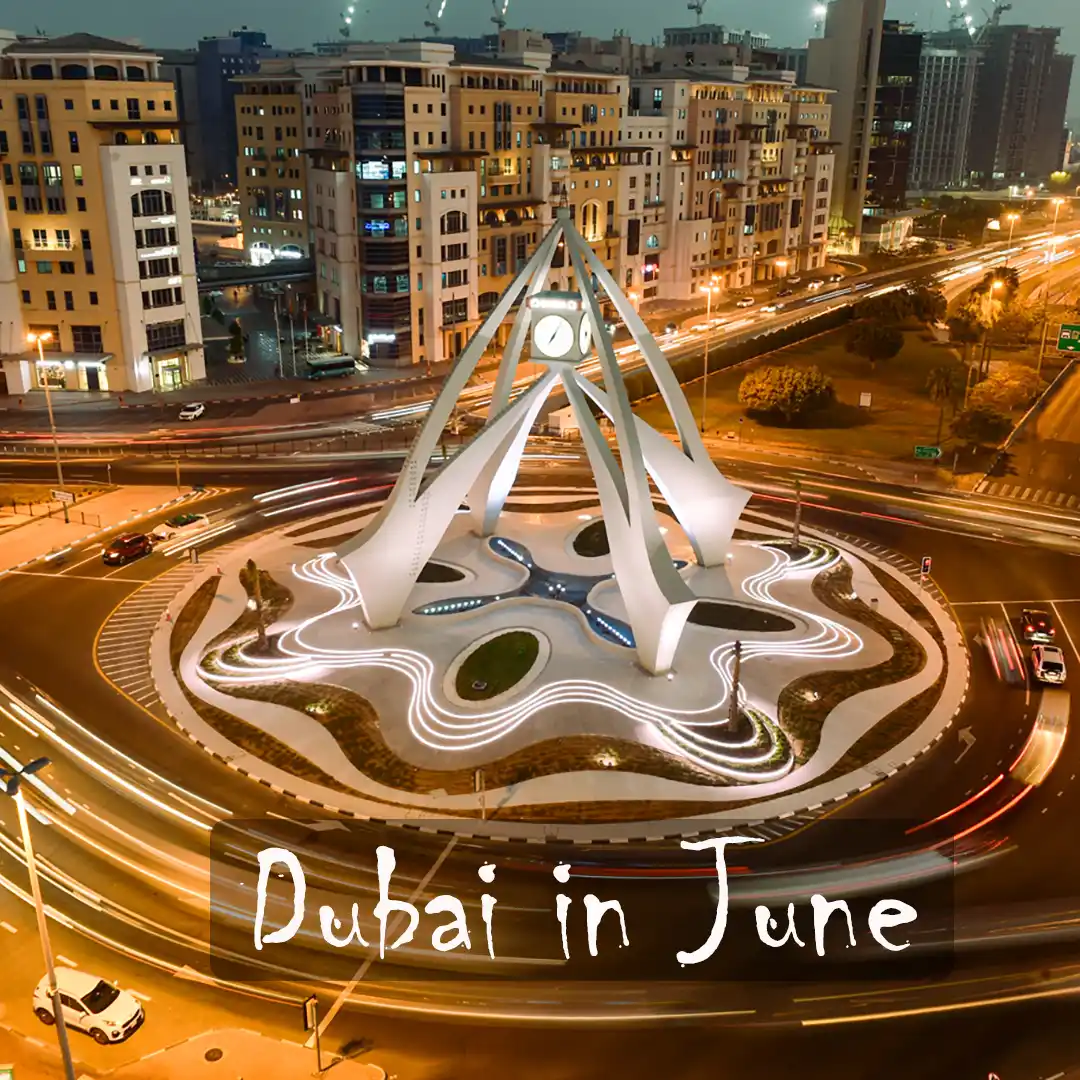
The Ultimate Guide to Visiting Dubai in June
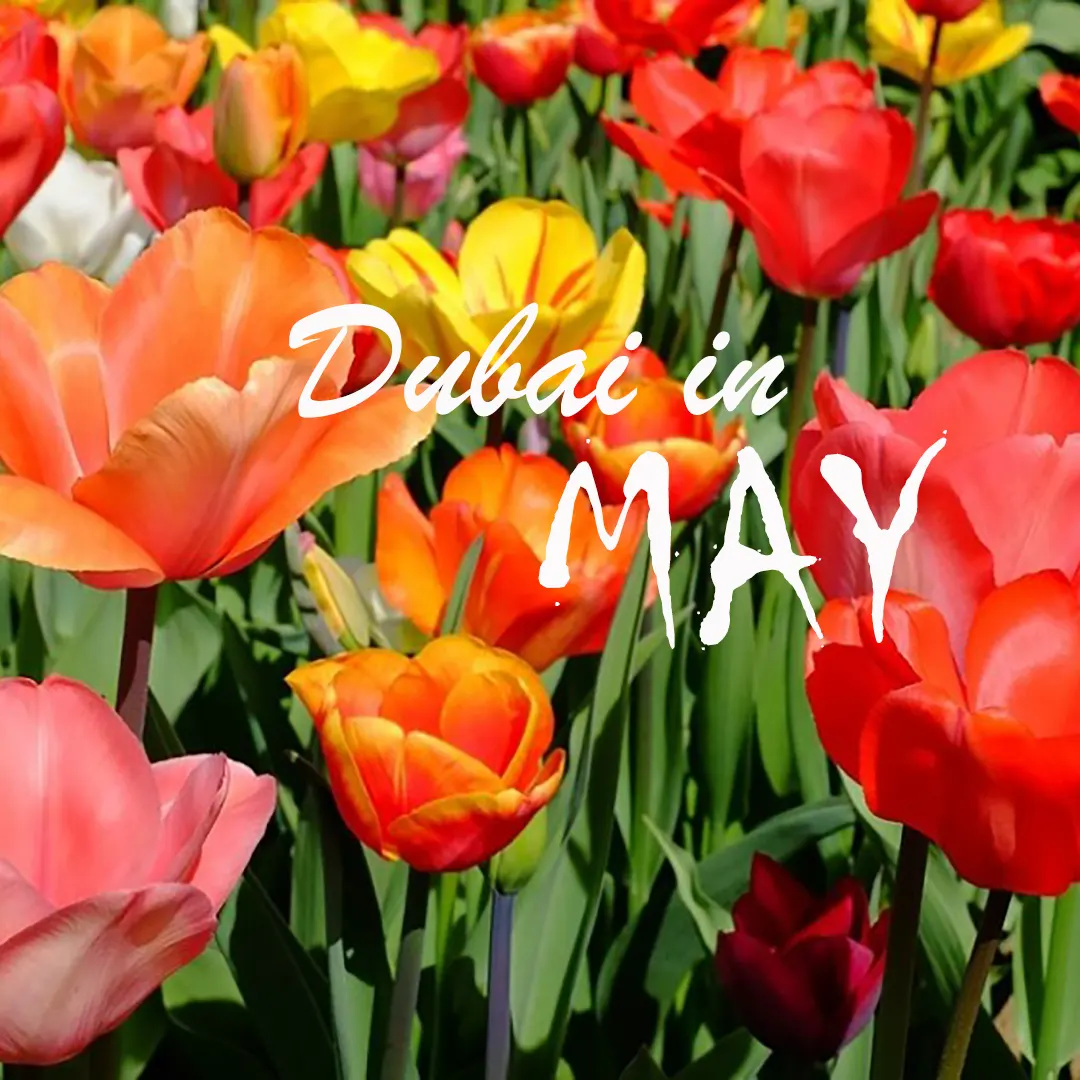
Discover Dubai in May

Explore the Best Camping Spots Near Dubai

How Much is Dune Buggy in Dubai

Exploring the Great Outdoors Top 11 Must-Visit Places in the UAE for 2024

Discover Dubai: The Ultimate Stopover Guide for Every Traveler
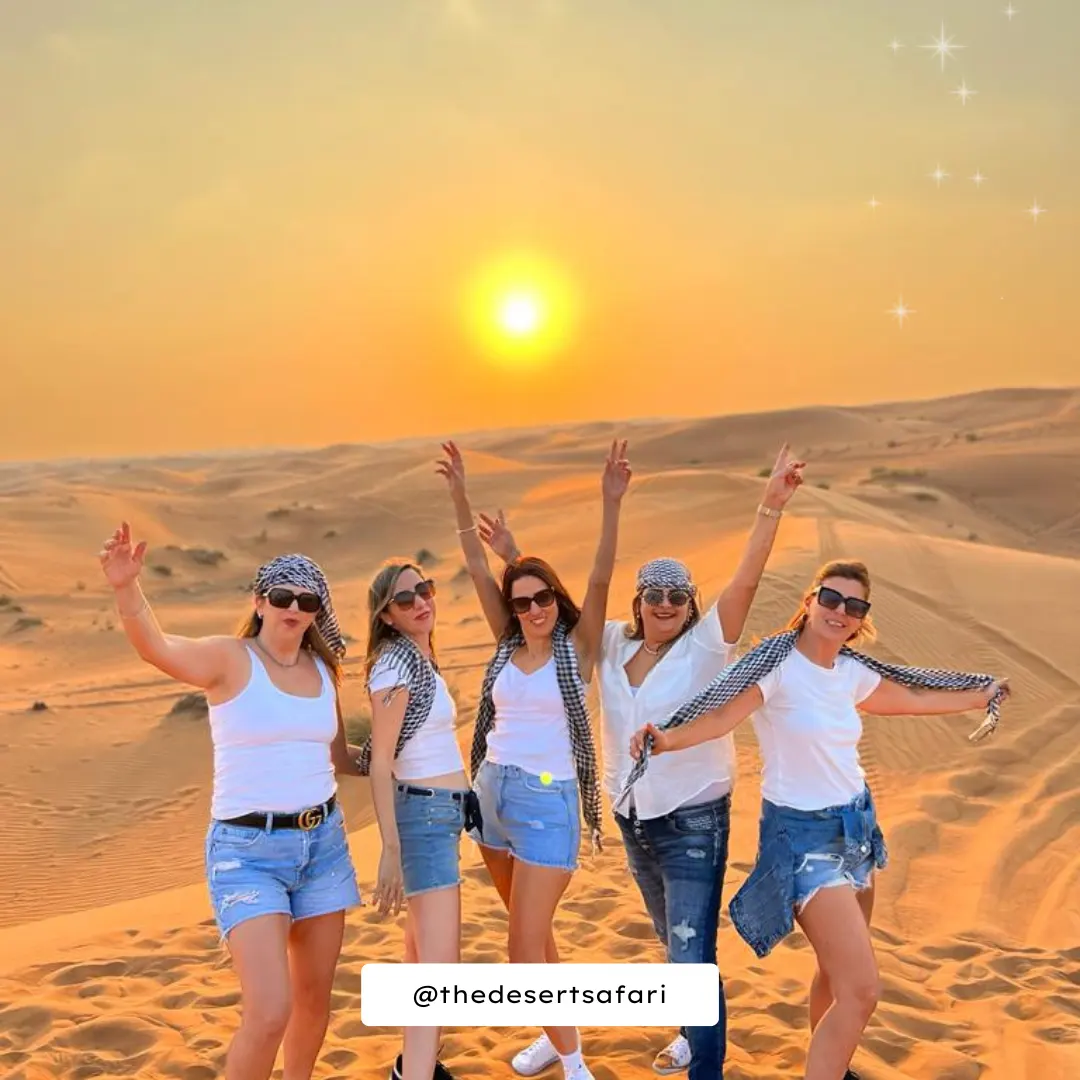
Exploring the Cool Mystery – How Dubai’s Desert Stays Cooler Than the City
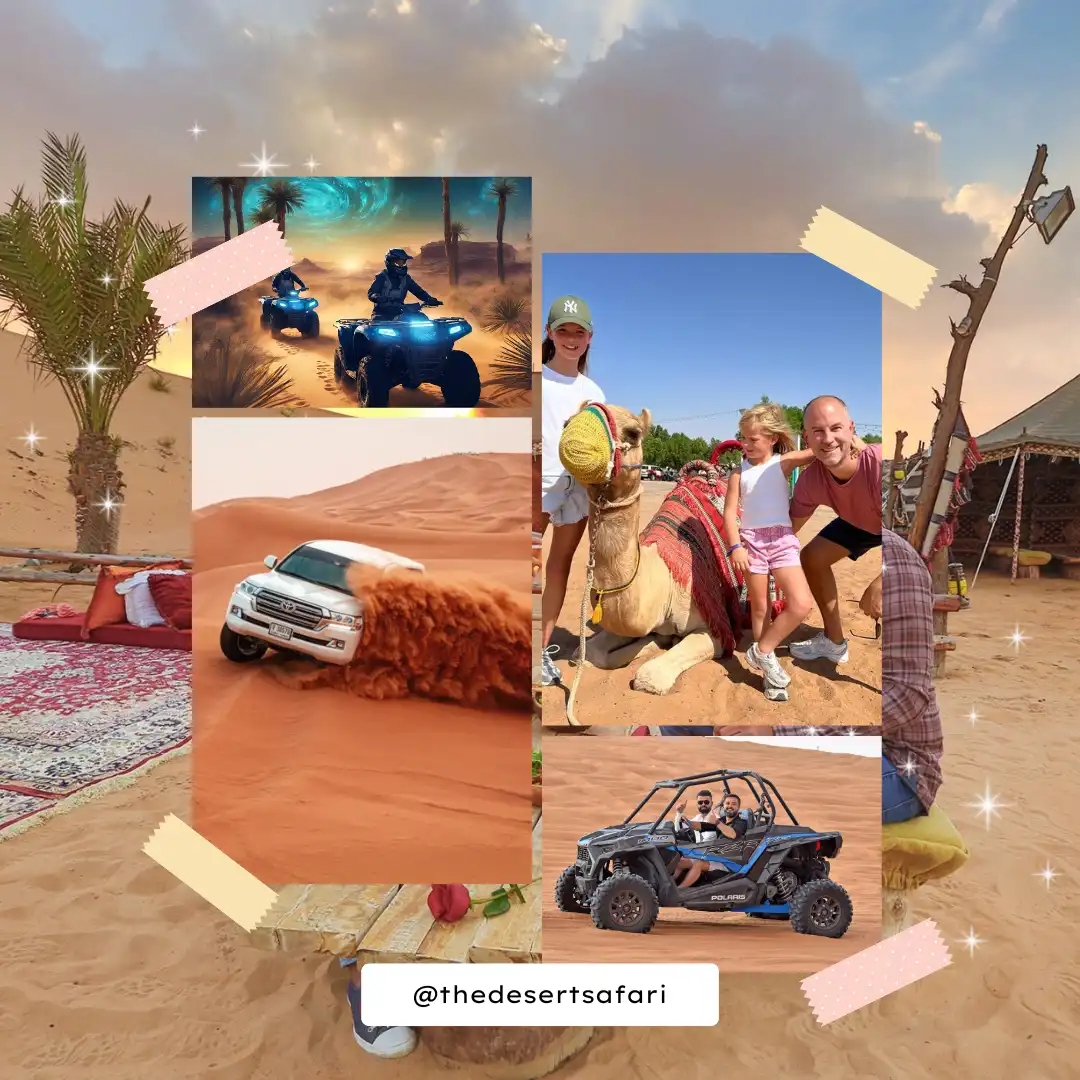
16 Picture-Perfect Moments from Desert Safari Dubai: Captions, Laughs, and Unforgettable Memories

Eid al-Fitr 2024 A Magical Evening Desert Safari in Dubai

Dubai In April A Comprehensive Traveler’s Guide

Dubai in Ramadan Where Culture, Luxury, and Faith Collide
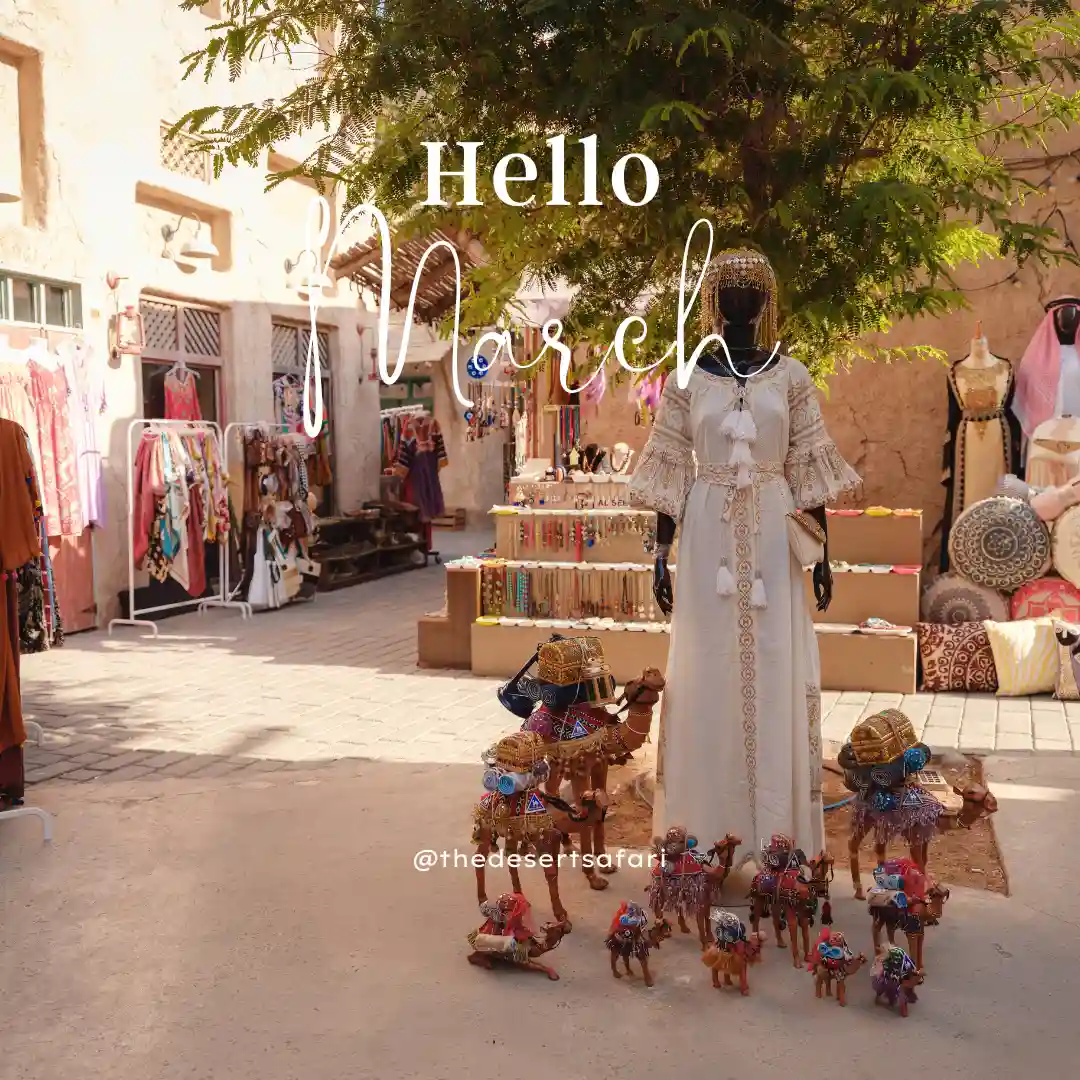
Dubai In March When the Desert Blooms and You Won’t Melt

Best Places To Celebrate Valentine’s Day in Dubai
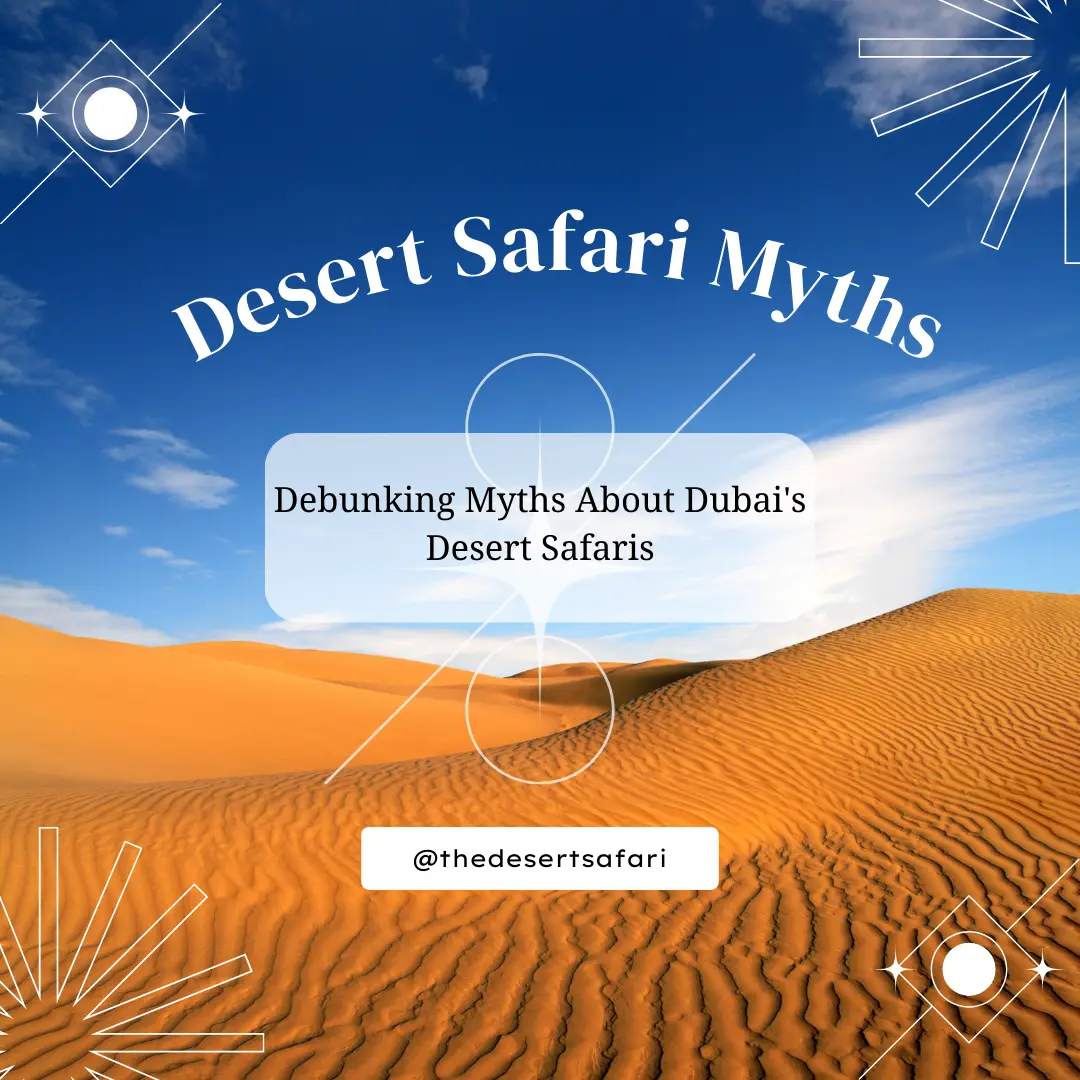
Myths About Dubai Desert Safari
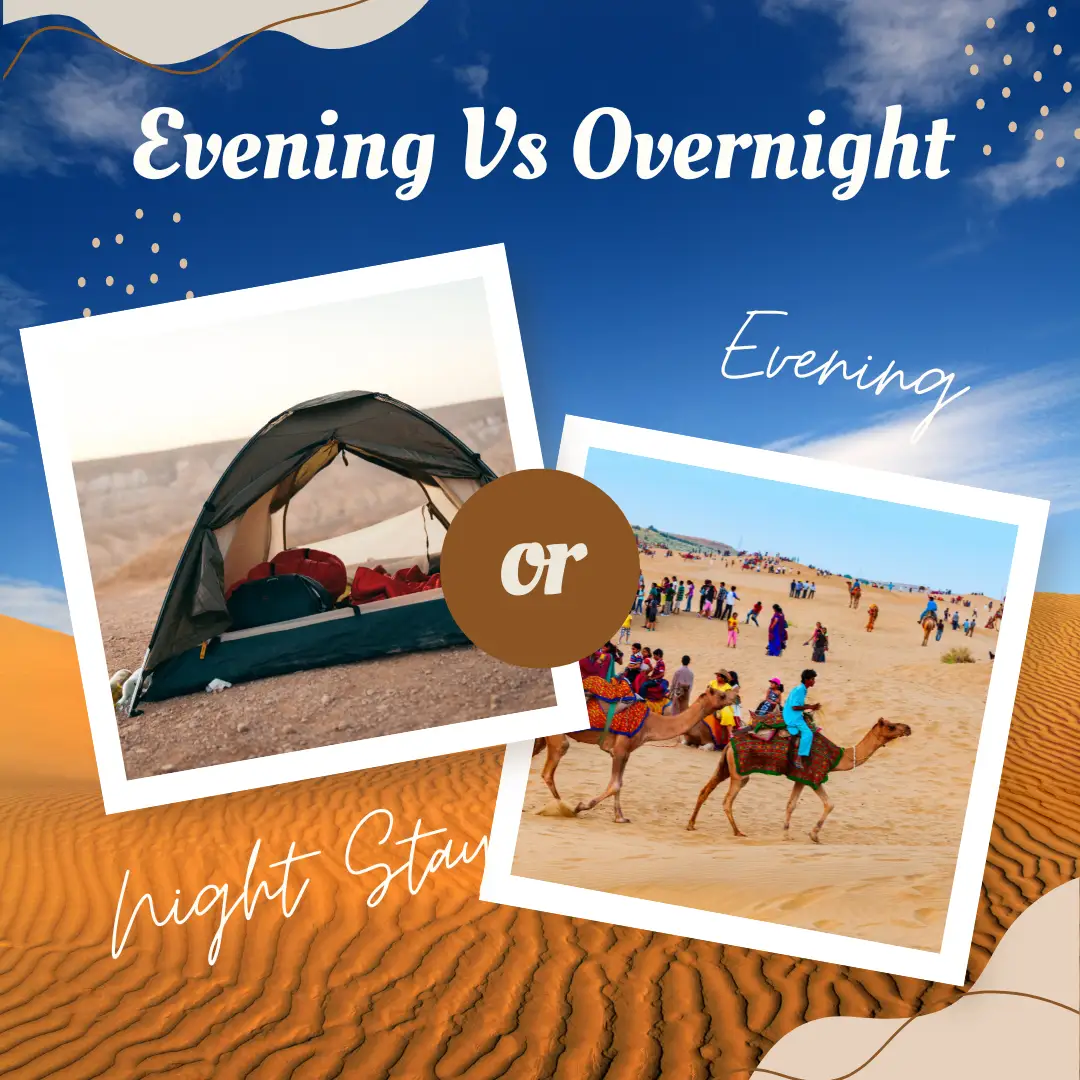
Evening Vs Overnight Desert Safaris Dubai
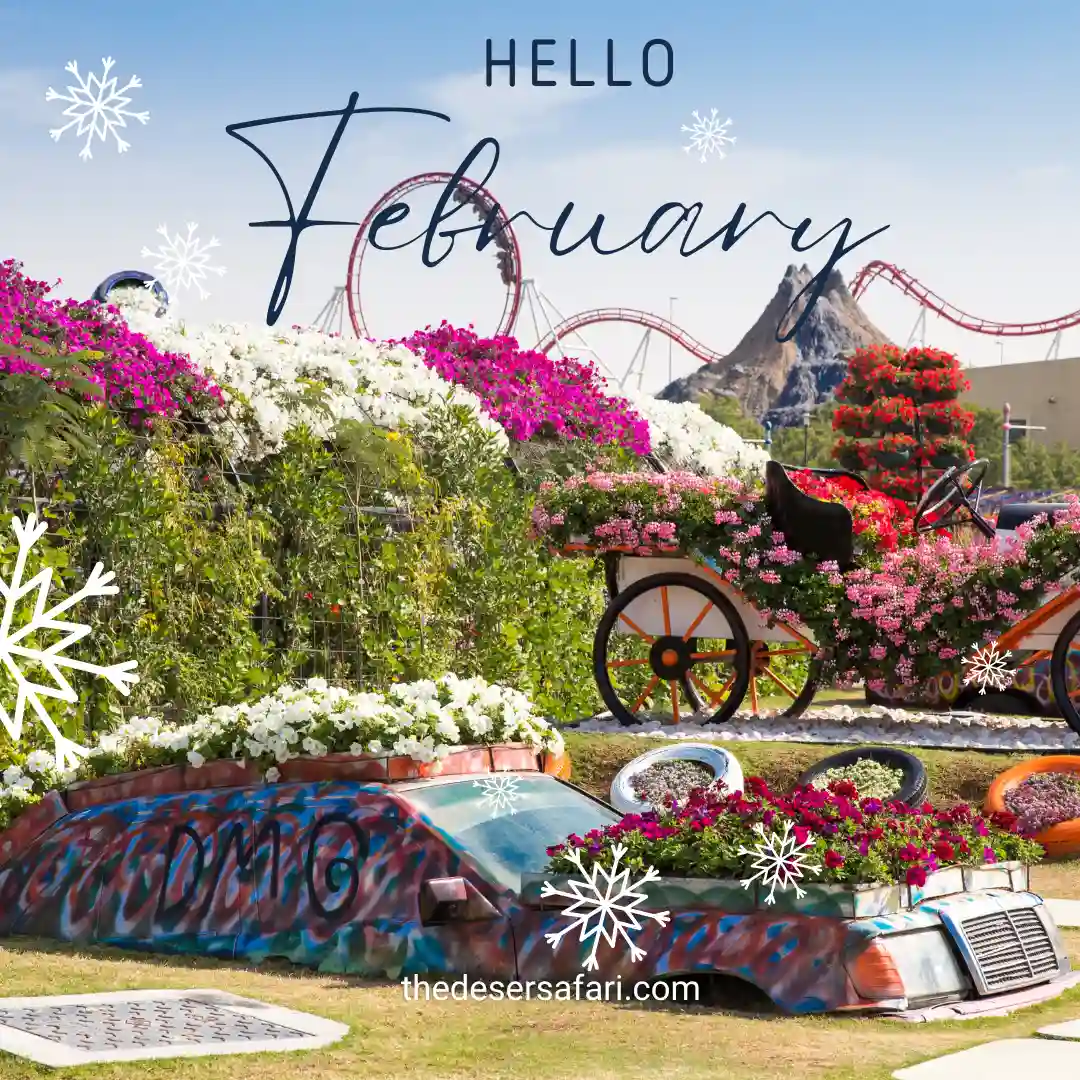
The Ultimate Guide to Visiting Dubai in February Weather, Events, & More
- Terms & Conditions
- Privacy Policy
- Evening Desert Safari Tours
- Morning Desert Safari Tours
- Desert Dune Buggy Tours
- Overnight Desert Safari
- Desert Safari Sharjah
- Abu Dhabi Desert Safari Tours
- Desert Safari Combo Packages
- Desert Safari Group Bookings
- Private Desert Camp in Dubai
- Evening Safari Tours Comparison
- Special Events in Dubai Desert
- Desert Safari Gallery

The Desert Safari 2012 © 2024. All Rights Reserved – Suite 17, The Iridium Building, Umm Suqeim Road
40 Safari Photography Tips For Stunning Wildlife Photos
Written by BELLA FALK
Contents (click to view)
So you’ve booked your dream African safari , and you’re ready to go!
I imagine you’re excited for the adventures, the landscapes, the amazing food and the friendly people, but mostly for all that incredible wildlife you’re going to see – and photograph.
But you don’t want to spend all that money and go all that way, only to come back with rubbish photos! You want to make the most of the opportunities that are about to unfold in front of you, and come home with stellar safari images to post on Instagram and put up on your wall.
If that’s why you’re here – you’ve come to the right place!
Welcome to my top 40 African safari photography tips , to help you bring home wildlife photos you’ll treasure for years to come.
About my safari photography experience
Hello! In case we haven’t met, I’m Bella, and I’m an award-winning travel and wildlife photographer .
I’ve photographed wildlife on all seven continents , from penguins in Antarctica to puffins in the UK and from whales in Sri Lanka to sloths in Costa Rica .
In 2020 I won Travel Photographer of the Year at the UK Travel Media Awards (and was a finalist in 2019 and 2023 too).
My wildlife images have been shortlisted five times in the world-famous Wildlife Photographer of the Year competition. I’ve written and photographed for National Geographic Traveller, BBC Wildlife Magazine and Travel Africa among others, and I’ve led workshops and written guides to travel photography and wildlife photography .
Read more: 60+ Awesome Antarctica Photography Tips
But most importantly, I love safari photography!
I’ve worked with safari companies in Botswana and Kenya to shoot images for national publications , and I’ve also photographed safaris in South Africa, Ghana, Tanzania and Uganda (where I lived for three months).
Throughout all of that I’ve learned a few things about how to make the most of your safari photography tour, and I’d like to share some of that knowledge with you now.
I’ve tried to write this for beginners and intermediate shooters so I’ve kept it fairly simple, but hopefully there are tips and inspiration in here for more advanced photographers as well.
Let’s get started!
Wildlife photography for beginners: some troubleshooting
If you’ve come here looking for Africa safari photography advice, that probably means you’re currently a bit dissatisfied with your wildlife photography.
So first up, I want to discuss some of the reasons why you might be finding your photos disappointing, and what you can do to deal with some of those issues.
The animals are too far away
If you’re annoyed because the wildlife in your photos appears too small, you need to get closer! You can do that in one of three ways:
- Ask your driver to move closer (if it’s possible without breaking any rules or disturbing the animal).
- Wait and hope the animal comes closer to you.
- Zoom in. If you’re already fully zoomed in, then you’re gonna need to buy a bigger lens or a better camera. You could also crop the image later, but how much you can get away with depends on the resolution of your camera.
The photos are blurry
Blurred images happen for one of three reasons:
- Camera shake. Use a faster shutter speed to counteract things like bumpy roads or shaky hands.
- The animal is moving too quickly. Again, you need a faster shutter speed to freeze the animal’s motion (unless you’re going for an artistic slow shutter speed effect).
- Your image is not in focus. Modern cameras have extremely advanced autofocussing systems but if you don’t know how to use yours properly, it can and will make bad decisions. Get properly acquainted with your camera’s focussing system, and practise using it!
The images are poor quality
If you’re not happy with the resolution or quality of the images your camera produces, I’m afraid the only answer is to buy a better camera!
But this doesn’t mean you need to splurge thousands on a top-of the range new camera. You can get great deals on older camera models second hand , and many of them are excellent.
I shot this image using a Canon 5D Mark II which you can buy today second hand from Wex , MPB.com or eBay for less than £200.
The lighting is bad: the image looks too harsh, too dark, or too flat
Most safari game drives take place in the early mornings and late afternoons which is when the animals are usually most active. Happily, this tends to also be the prettiest light for photography, but sometimes it can be quite dark. So in an ideal world you should also have a camera that can cope well in low light.
If the light is dull, flat or too harsh, there are still ways round it. Try changing the position of the car so the subject is backlit, or using a high- or low-key technique to exploit strong contrast.
Learning to edit your images will also make a huge difference: shoot in RAW and then try adjusting the exposure, highlights and shadows, or convert to black and white.
Safari photography tips: before you go
1/ choosing your camera.
Your trusty camera is your window into the wild, so pick the right tool for the job! While it is possible to take great safari images with a smartphone, unfortunately you will be very limited by what your phone camera can do.
If you really want to get those beautiful closeups and soft backgrounds, you’ll need a DSLR or a mirrorless camera with interchangeable lenses – or at the very least a compact camera with a good zoom lens.
You also need to consider factors like how much weight you’re prepared to carry, weather sealing (dust and rain resistance), image stabilisation, and how well it performs in low light.
In Tanzania and Uganda’s national parks I used my much-loved Canon 5D Mark IV ; for my recent trips to Botswana and Kenya I upgraded to a Canon R5 mirrorless which has a much faster focussing system with animal eye detection which is a total game changer for safari photography.
2/ Learn your camera
That said, there’s no point in splashing out thousands on a fancy camera if you don’t know how to use it. The best camera for safari photography is always the one you know well and are comfortable using.
So if you do splurge on a new camera, don’t be caught fumbling with settings when that perfect wildlife moment arises! Make sure you learn its functions beforehand, explore the menu, and practise using it so that it feels like second nature by the time you’re out in the bush.
I took my new R5 to London Zoo and London Wetland Centre before heading to Kenya , so that I could get it set up how I like it and get any teething troubles out of the way in a controlled environment.
3/ Master your camera’s focus
Modern cameras have extremely intelligent focussing systems that take much of the trial and error out of focussing – but you do need to know how to control them or they’ll take over and get things wrong!
It’s vital you learn how your camera’s focusing system works, get it set up in a way that works for you, and practise focusing on moving subjects.
Experiment with single-point autofocus for static subjects and continuous autofocus (or servo mode) for tracking moving animals. Don’t be afraid to manually focus for a critical shot, but I normally reserve that for when the subject is still and the autofocus can’t cope – such as a lion sitting amongst tall grasses.
Many newer cameras have fantastic animal eye detection AI but it doesn’t always work and you need to know how to take over quickly if it doesn’t want to play ball.
4/ Pick the right lenses
The lens you choose will dramatically impact the types of shots you can capture.
A telephoto lens (200 mm and above) is essential for bringing distant animals closer – and I’d recommend a minimum of 400 mm.
Consider a zoom lens for versatility, but a prime lens offers superior image quality at a fixed focal length. Don’t forget a wider lens (24-70mm range) for capturing landscapes and dramatic animal encounters at close range.
Prime lenses or lenses with a wide maximum aperture (f/4 and below) give you more of that lovely shallow depth of field and perform better in low light, but big prime lenses like the Canon RF 400mm f2.8 L are very large and eye-wateringly expensive!
Check out my guide to camera gear for wildlife photography in Antarctica – you can obviously ignore the cold weather and water sections but all the camera and lens advice is pretty much the same.
5/ Take a second body
It’s a luxury, but if you do have a second camera or a spare body, I recommend you bring it.
Animal encounters can change in the blink of an eye, and you don’t want to be rushing to change lenses when the lion suddenly comes right up to you, or when you want to switch between a close up and a wide shot showing the environment.
The African bush is also very dusty, so not having to change lenses while you’re out and about will help protect your gear.
I always take two cameras – one fitted with a long lens for close ups or animals that are far away, and one fitted with a wide lens for landscapes or if an elephant is right next to the car. A backup camera is also there should some misfortune befall your main camera.
If you don’t have a spare, why not buy an older model, cheap and second hand ? You can get great deals on pre-loved gear and having a second camera will definitely add more flexibility to your African safari photography.
6/ Protect your gear
If you’re going to take all that expensive gear to Africa and expose it to the dust, wind, sand and possibly rain, you’d better protect it!
Invest in a decent padded backpack , and a rain cover for when an unexpected downpour blows in through the side of your open vehicle. Make sure you bring plenty of lens cloths and a dust blower , and give your gear a wipe at the end of every day to keep it in top condition.
And don’t forget proper insurance! Most cameras are too expensive to be covered by your travel insurance policy, so check and get separate gear insurance or cover it under your home insurance policy instead.
7/ Shoot RAW and learn to edit
While RAW files take up more space and need post-processing, they capture more data than JPEGs and offer the flexibility to edit your images to bring out their best.
If you really want to take your wildlife photography to the next level, one of my top safari photography tips is to shoot RAW and learn some editing skills, to transform your images from good to great.
8/ Dress for success
Neutral-coloured clothing blends into the environment, making you less likely to spook the animals.
Opt for natural fabrics or sweat-wicking sportswear that breathes well in hot weather, and avoid bright colors and noisy clothing that might startle wildlife.
Read more about what to pack for safari here .
9/ Beanbag, tripod or monopod?
If you’re taking a large telephoto lens, you’ll need stabilisation. It’s hard to hold a heavy camera and lens for long periods at a time!
Some safari companies provide beanbags for you to rest on the window ledge or roof, while others have adapted their cars with padded arm rests to balance your camera on. So it’s worth asking before you travel.
I usually pack an empty photography beanbag , which I can then fill with beans or rice at the local market when I arrive.
A tripod or monopod can offer even greater stability but can be impractical if you want to change your angle in a hurry, or if you don’t have much space. However, if you have a monopod (and trust it!), you can also use it to lower your camera over the side of the car for eye-catching low-angle shots.

10/ Don’t forget spare cards and batteries
Running out of power or storage on safari is a recipe for disappointment!
Pack plenty of fully-charged batteries and enough memory cards – you’ll probably shoot way more than you usually do. Consider high-capacity, fast cards for capturing bursts of action, like birds in flight or a cheetah on the hunt.
Cards are expensive, so I bring just two, and then back up my photos daily onto a portable hard drive before reusing the cards the next day.
Find out more about my travel photography workflow here .
African safari photography tips: practicalities
Getting the best out of your safari photography begins before you leave the lodge – in fact, you could say it begins before you even get on the plane!
Here are some things to think about before you head out on your safari adventure:
11/ Ask about your vehicle
Not all safari vehicles are created equal. Before you book, find out what type of car you’ll be using. Will it be open sided; will it have a pop-up or a roll-back top?
Does everyone get a window seat, or will some people have to sit in the middle? Is there tiered seating and will you be able to get down low?
Ideally, you want a car with open sides and a pop-up or open roof for unobstructed views. At all costs avoid tour buses or normal-style jeeps with windows that don’t open fully.
I prefer to book with companies that offer smaller vehicles (maximum six people per car) and a guaranteed window seat. In an ideal world, you’ll be able to have an entire row to yourself, so you have a prime spot no matter which side the animal is on.
Knowing the vehicle will also help you choose the right accessories to bring: do you need a monopod or a beanbag? Will you have space to spread your gear out or will you need to bring a more compact setup?
12/ Consider a private car
For the ultimate in control and flexibility, a private safari vehicle might be better for you if you have the budget.
Not having to worry about what other people want to do, or compete for the best angles, allows you to tailor the itinerary to your photographic goals, spread yourself around the car, and get in the perfect position every time.
Looking for African safari tours? Search TourRadar for a huge selection from 5* operators
13/ Talk to your guide
Your guide is your key to unlocking the secrets of the bush – he or she is the person who’ll hopefully help you find your dream safari animals or get the shots you’re after.
What’s more, a good guide who understands light and angles is probably the number one most important thing you can have for safari photography. So before the trip or when you first arrive, I always tell the company I’m a photographer and ask to be assigned their best photography guide.
I noticed a huge difference in both Kenya and Botswana between the shots I got with a guide who really ‘got’ photography, and the ones who didn’t.
Chat to them before you head out on your first game drive. Let them know the wildlife you’re hoping to see and the shots you’d like to get, and they will do their best to help you.
When you’re out and about, don’t be afraid to ask if you want something. The guide won’t know what shot you have in mind, so if you want to stop, move on, nudge the car forward or back a little, get a little closer, or find a different angle, just ask. It might not always be possible or allowed, but they will do their best to help you if they can.
Remember though, that guides, while brilliant, are not miracle workers. If you’re desperate to see a leopard, they will use all their skills to help find one, but unfortunately the animals don’t perform on demand and sightings are never guaranteed.
14/ Don’t just talk, listen!
As well as communicating your needs effectively, it’s important to listen. Guides are a goldmine of information when it comes to animals – not only in general, but they will also know the habits of specific animals in their patch. Your guide will be able to tell you where and when you’ll have the best chance of seeing a certain species or where certain individuals like to hang out.
Once you’ve found the animal, the guides are experts at recognising behaviour cues and will be able to tell you if the lion is about to stretch or the hippo is about to yawn, so you can capture the money shot.
In Kenya, our guide Saruni anticipated that this lion would be thirsty after eating and would walk to this puddle to drink, so he positioned the car in the perfect spot and then all we had to do was wait for the lion to come to us.
15/ Get up early and stay out late
Lighting is crucial in photography. Early mornings and late afternoons offer the soft, golden light that creates stunning wildlife portraits, while midday sun can be harsh, creating strong contrast and deep shadows.
Typically, most safari itineraries include morning and afternoon game drives, as that is when the animals are most active. Make sure you’re ready to go – if you hit snooze or dawdle over breakfast, you’ll may miss the best moments.
Likewise, at the end of the day many safari companies offer ‘sundowner’ drinks and snacks – which is exactly when you want to be photographing. So I always let my guide know that I’d prefer to skip cocktail hour and keep shooting instead (which is much easier to do if you’re not sharing the car with non-photographers who don’t take kindly to this!).
Safari photography tips: framing and composition
16/ think about your composition.
Now you’ve sorted the practicalities, it’s time to think about the images you’re going to take. Don’t just snap what’s in front of you – instead, think about what you want to include or leave out, and where you want the main focal point to be.
You’re probably already familiar with the Rule of Thirds, where you imagine dividing the frame into thirds and then place your subject off-centre on one of those ‘third lines’ to create a more pleasing composition. Give it a go!
I explain more about the Rule of Thirds, as well as giving loads more general wildlife photography tips, in my Easy wildlife photography tips for beginners post.
17/ What’s in shot? Keep it simple.
Be mindful of what fills your frame. Where possible, try to avoid clutter and distracting elements like branches or leaves that obstruct your subject. If necessary, change position in the car or ask the driver to move back or forward a little to get a better angle.
Avoid photos with too many elements competing for attention. Where there are many animals together, try to isolate one to three individuals, or wait for the group to space out a little to create a clean composition.
There were many zebras at this waterhole at Leroo La Tau in Botswana but I focussed on just these three to create a simple composition
18/ What’s in the background?
A messy background can detract from your subject. Whether that’s tangled trees or random other animals, try to aim for clean backdrops that don’t distract.
If necessary, ask your driver to move the car, or wait for the animal to move into a better position.
19/ Focus on the eye
In wildlife photography, it’s generally accepted that you should always focus on the main animal’s eye. We want the viewer to connect with the subject, and we are naturally drawn to eyes, so if the eye isn’t in focus the viewer’s connection to the image may be lost.
There are exceptions of course, such as if the eye isn’t visible in the shot, or you’ve deliberately chosen something else to focus on, but as a general rule of thumb, you should always get at least one eye sharp.
20/ Wait for eye contact
Connected with this, notice how when the animal’s gaze is locked on you, it creates an extra dramatic connection.
Some safari animals are curious and will look right at you, so keep your camera poised and ready to click the shutter at that crucial moment when your subject looks right at your lens.
21/ Get low
Sitting in a car, with the animal on the ground, most of the time you’ll be looking down on your subject and the background will be the grass around it.
It’s not easy to do because most of the time it’s not safe to get out of the car, but if you can get down to the same level or lower than your subject so it’s framed against the sky instead, it makes for much more dramatic images.
You obviously can’t do this when there are predators around, but if you ask your guide, it may be possible if the animal is a herbivore, it’s far enough away and you stay close to the car. I shot these rhinos by staying safely behind the car, and lying on the ground so I could shoot underneath it.
22/ Shoot landscapes
Another top safari photography tip to remember is that going on safari isn’t just about the animals.
Don’t forget to capture the vastness and beauty of the African landscape, from the wide savanna grasslands, to lonely trees silhouetted against the sunset, to dramatic mountains on the horizon or reflections in lakes and wetlands.
23/ Include the environment for context
Show how your animal subject interacts with its environment. Did you spot a lioness stalking through tall grass or a solitary giraffe eating acacia? Close ups can be dramatic and beautiful but including context can tell a different story.
In Tsavo West, Kenya , I was amazed by the magnificent elephants which are often stained red or orange thanks to the landscape’s red dust. In this image I wanted to show how the elephants’ vivid colour stands out in the dry landscape and is mirrored by the orange dust bath just behind them.
24/ Shoot silhouettes
Sunrise and sunset are the most magical times for safari photography. And if you get dramatic colours in the sky, you can shoot sensational silhouettes.
Find a recognisable animal – giraffes and elephants are great for this – and then get down low (positioning your car a little downhill is ideal) so the animal’s shape is against the sky and you can see its legs.
Time the shot so all the legs and the tail are visible, and underexpose by a stop or two to bring out the sky and turn the animal into a dark silhouette.
25/ Use the beauty of backlighting
It’s tempting to always have the sun fully illuminating your subject from the front, but moving round to the other side so the animal is backlit often gives much more attractive results.
Low backlighting at the beginning and end of the day also illuminates grasses and creates a beautiful rim of light around your animal, highlighting the texture of its fur.
26/ Look up and around
Don’t forget to look skyward! Capture African birds soaring overhead, or giraffes munching on leaves from tall trees.
And don’t forget to look behind you too. While everyone is clicking away at resting lions, there might be some hyenas or a band of mongooses on the other side of the car.
27/ Include soft foreground elements
Frame your shot with interesting foreground elements like wildflowers, tall grasses, or branches, using a wide aperture and shallow depth of field to make them soft focus. This creates depth in your image and draws the viewer’s eye towards your subject.
This spoonbill standing by a lake was a pretty boring shot, until I moved behind the bush to create a natural frame around the bird.
28/ Include cars and people
As well as taking shots of the animals you see, don’t forget to include people too.
Sometimes lions, elephants and other wildlife comes extremely close to the vehicles, and you can’t get a clean shot. Embrace this and make a point of it! Shots of animals and people’s reaction to them being so close can give you dramatic images and great memories of your safari photography trip.
29/ Try high key and low key
Playing with your exposure and going for a minimalistic look can add a new dimension to your safari photos.
High key photography, emphasising bright whites and light colours, creates a clean feel, and can work well on overcast days when the sky is white. A great way to start practising with this is to find an animal against a white sky, and overexpose by a stop or two to blow out the sky and give an airy feel to the image.
Conversely, low key photography emphasises darker tones and deeper shadows, ideal for dramatic portraits. This works best if you have an animal lit by the sun against a darker background such as trees or rocks. Underexpose by 1-2 stops for that moody look.
I mainly shoot aperture priority, so the exposure compensation wheel is your friend here if you want to start experimenting.
30/ Use black and white to convey drama or texture
I love bright colours, but sometimes, stripping the colour away can be incredibly powerful.
Black and white photography can allow the textures and shapes of your subject to shine – and works especially well with patterned animals like zebras, leopards or giraffes.
Converting your image to black and white is also great for giving a boost to flat images shot on cloudy days or in disappointing light.
31/ Don’t ignore the little guys
While everyone wants jaw-dropping shots of lions and cheetahs, don’t ignore the less celebrity animals.
Some antelopes have wonderful character and colours, and if you look at your feet you may spot a colourful lizard or a fascinating dung beetle. So keep your eyes open!
32/ Look for natural framing
Trees, leaves, or even the bodies of other animals can create great natural frames which add interest to your composition.
In the image of silver-backed jackal pups below, I deliberately cropped the shot so the body of the standing puppy makes a natural frame around its siblings
33/ Try an unusual crop
You don’t always need to include the whole of the animal. If your zoom allows, why not crop in to draw the attention to details or a single individual amongst a herd.
I’ve cropped this image so you only see the eye and mouth of the mother crocodile, but it draws attention to the two babies sitting on her head.
34/ Be creative
Try to think outside the box with your images. What can you shoot that tells a story in an creative way but isn’t a basic portrait of an animal?
Perhaps a lone elephant casts a long shadow as the sun dips below the horizon. Or look for reflections in watering holes – the mirrored image can add an artistic touch.
Buy my safari prints
Did you know that all my images are available to buy as prints to hang on your wall? And if you head to my Print Store and something you like is not there, you can simply message me via the contact form or on social media and I can add it for you.
Safari photography tips: some tricks and techniques
35/ aperture or shutter priority, or manual.
Some photographers like to make you think that if you’re not always shooting full manual, you’re just an amateur. Well I’m here to tell you that’s rubbish, so don’t worry.
Yes, you do need to get away from full auto, because although auto can be helpful and gets some things right, it often gets things wrong too.
But the ‘semi-auto’ modes, where you tell the camera your priorities and it calculates the rest, are ideal for wildlife photography. Things happen quickly and unexpectedly on safari, and there simply isn’t time for you to be fiddling with all the settings.
Looking for Africa photography safaris? Check out these photo safaris to fin d your dream trip
I pretty much always use Aperture Priority (AV) mode with my aperture fully wide open for lovely soft depth of field, while keeping an eye on my shutter speed to make sure it’s not too slow for fast-moving animals.
I keep my ISO on manual as well, to avoid the camera pushing it right up and giving me noisy images.
You could also use Shutter Priority (TV) mode to make sure your shutter is fast enough to freeze the action, but then you don’t have any control over the depth of field you want.
36/ Auto focus or manual focus?
Manual focus can definitely be useful at times, but in general I always use auto focus. Cameras have extremely complex and clever auto focussing systems, so why wouldn’t you use it!
You do need to understand your focussing system and know how to control it, otherwise the camera may choose to focus on the wrong thing. I use a single spot which I either point at the subject and then reframe to take the shot, or I move the spot around the frame. For fast-moving animals, the animal eye detection AI is really very good, but not always perfect.
For more on how I set up my camera for wildlife photography, check out Using The Canon R5 For Wildlife Photography: A Full Review .
37/ Use burst mode to freeze action
The animal kingdom is unpredictable, and perfect photo opportunities can happen in a flash.
Today’s DSLRs and mirrorless cameras – and even smartphones – can now shoot many frames per second, allowing you to capture a rapid sequence of images and increasing your chances of getting that razor-sharp shot of a lion leaping or a gazelle mid-air.
Later, you can sort through the burst and select the image with the perfect composition and action frozen in time.
I used a high-speed burst to take a sequence of images of this leopard snapping a flies so that I could pick the facial expression I liked best (on the right).
38/ Or experiment with slower shutter speeds
Safari photography is all about capturing movement and it can be tempting to go for the fastest shutter speeds possible to freeze the action.
Why not try using a slower shutter speed and either panning or zooming at the same time, to create a sense of motion and a very different look?
I used a slow shutter speed of 0.3 seconds and turned the zoom as I took the photo to create this impressionistic images of a lion in Botswana.
39/ Be patient
Animals move on their own schedule, and if you get bored too quickly, you may miss that dream moment. In fact, some of my best shots have happened after all the other cars have got bored and left, while we waited and were rewarded for our patience.
So embrace the waiting game! Enjoy the scenery, listen to the sounds of the savannah, but always be ready to shoot quickly when that leopard finally comes down from the tree or the sleeping lion gets up and goes on the hunt.
Click here to start planning your dream photo safari adventure!
40/ Be a team player
Sharing a vehicle means compromising sometimes. If another guest has a dream shot, or there’s only one good angle on the animal, be flexible and allow them some space, and they should do the same for you.
The same goes for your car as a whole. Don’t be that guy who parks in front or hogs the best spot for hours. You may not get every shot, but life is better when people are considerate of others too – and it’s better for the animals if they’re not being harassed by jostling cars.
Communication and courtesy go a long way in ensuring everyone gets a chance to capture unforgettable moments and has a great time in the process.
And that’s it! I hope you enjoyed all these tips for safari photography.
My favourite travel tools and brands
To help you organise your trip, here’s a short list of some of the brands and tools I use over and over again when I’m planning my travels. You can see more on my Travel Resources page.
- Booking.com : A huge range of hotels to choose from, often with free cancellation. If you book hotels regularly you can earn discounts. I’m on Genius Level 3 which gets me 20% off!
- Expedia : Another great place to find hotels and Expedia also sell flights , car hire, and loads more all in one place.
- Skyscanner : The only place I ever go to search for flights and compare prices.
- Flight Centre : Booking a more complicated route? Let Flight Centre organise it for you (and deal with the drama when something goes wrong).
- Priority Pass: I love having access to 1,400+ airport lounges when I fly, allowing me to enjoy my time at the airport. With my link you get 30% off a standard membership or 20% off standard plus.
- Airalo: Say goodbye to ridiculous mobile roaming charges. Did you know you can now buy an e-SIM , install it in your phone before you leave home, and then use data abroad at local prices? Game changer.
- TourRadar: If you prefer group travel and organised tours, TourRadar has a huge range of fantastic tours from respected operators. They’re very helpful and have 4.5 stars on TrustPilot.
- Viator: Part of the TripAdvisor brand, Viator is another great place to search for group adventures and day trips.
- GetYourGuide: A great place to find local tours and day trips in your destination.
- Wex Photo Video: The UK’s best camera gear store. Quote my name – Bella Falk – to get £20 off your first purchase.
- Ellis Brigham: Looking for good quality backpacks, travel clothes and other gear? Ellis Brigham is where I buy almost all of mine.
- Rentalcars.com: Part of the Booking.com family and the world’s largest online car rental service, with 24/7 customer service.
- World Nomads Travel Insurance: I never ever travel without travel insurance and nor should you!
Where to next?
If you liked this safari photography tips post, why not try some of my other safari posts?
- A Kenya Safari Holiday: How To Plan The Perfect Trip For You
- Which Is The Best Botswana Safari Lodge? My Favourites With Photos
- Kenya Vs Tanzania: Travel Experts Decide
- 28 Brilliant Things To Do In Uganda
- 46 Amazing African Safari Animals – A Photo Guide
- What To Wear On Safari: My Detailed Safari Packing List With Photos
- My Camera Equipment List: What’s In My Gear Bag?
- Is Cardamom House In Vipingo The Best Beach Hotel In Kenya?
Liked this safari photography tips post?
Social shares help support my hard work! You can share via the buttons at the bottom, or pin this handy Pinterest Pin. Thank you!
Cyprus in Spring: 10 Reasons Why It’s The Best Time To Visit
Jasper in fall: 10 reasons autumn is the best time to visit.
Some of the links on this site are affiliate links. This means that if you click through and make a purchase, I will earn a small commission at no additional cost to you. Passport & Pixels is a participant in the Amazon Services LLC Associates Program. As an Amazon Associate I earn from qualifying purchases.
© 2024 Passport & Pixels. All Rights Reserved.
WORK WITH ME

- A photo Photos 10k
- Pen Tool Illustrations 18
- A stack of folders Collections 96k
- A group of people Users 102
Desert safari
Browse premium images on iStock | 20% off at iStock
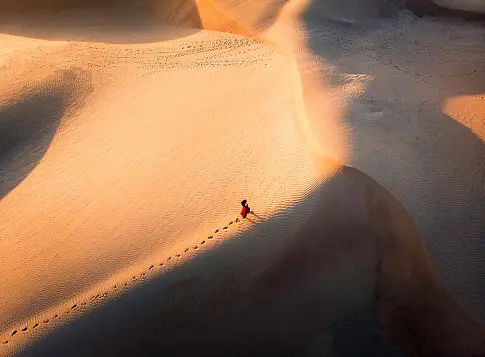
Make something awesome
The leading authority in photography and camera gear.
Become a better photographer.
12.9 Million
Annual Readers
Newsletter Subscribers
Featured Photographers
Photography Guides & Gear Reviews

Guide to Desert Photography
How do you photograph a desert? Learn what camera gear, the clothing, safety precautions, camera settings & more - everything to know about desert photography.
Learn | Photography Guides | By Ana Mireles
Shotkit may earn a commission on affiliate links. Learn more.
The desert is one of the favourite environments of landscape photographers, but how do you photograph a desert?
If you’re looking to venture into the exciting field of desert photography, you’ll need to prepare yourself and your gear so that you come back safely and with a collection of stunning images.
In this article, you’ll find some guidelines on what to wear, what to pack, which gear you’ll need, and more.
You’ll also find some photo ideas to make the most out of your trip, a few desert photography quotes and a handful of example images of the desert landscape to get you inspired.
Table of Contents
7 Desert Photography Tips for Amazing Images
1. bring the right gear (and something to protect it).
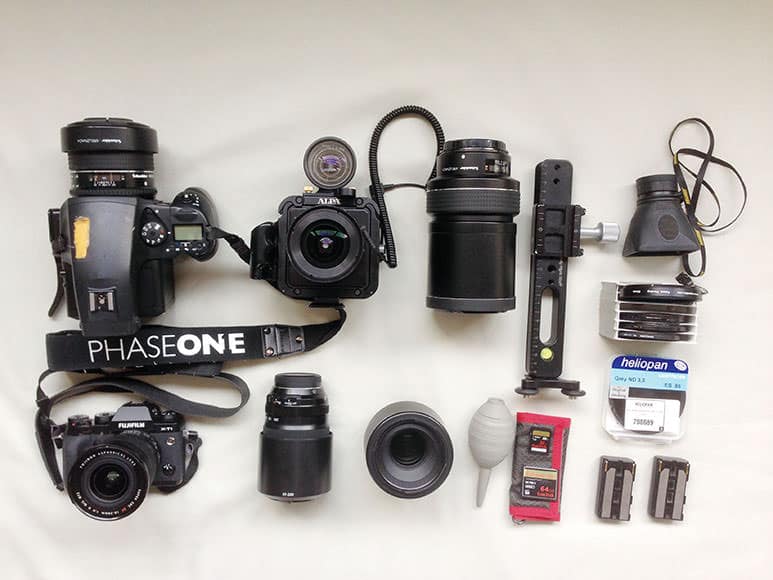
Camera gear of landscape photography master Peter Eastway.
The desert is usually not a close or easy thing to visit. So, once you’re there, you’ll want to make the most out of your photoshoot.
You should bring the most suitable equipment to do this – and you need to make sure you’re protecting it properly.
Any DSLR or mirrorless camera is good for shooting desert landscape photography. However, a full-frame camera allows you to have more detail if you plan to have your images printed on a large scale or featured in a magazine or book.
If you have a second camera, it’s always a good idea to bring it with you – it can be for backup or to have a second perspective, focal length, etc.
The best focal length for desert photography depends on the type of images you want to capture.
A wide-angle lens allows you to capture sweeping landscapes or interesting details close to you. On the other hand, a telephoto lens allows you to photograph details that are far away – which is great for capturing out-of-reach areas.
Remember that changing the lens while you’re out in the desert exposes the sensor to sand, which can cause severe damage to your camera.
That said, there are some alternatives that allow you to still have a variety of focal lengths available.
For example, if you have two cameras and you can bring each one with a different focal length – then, you’re good to go.
Or, if you can change lenses in a closed environment – like if you’re camping and can go into the tent, or you have your car close by – then you shouldn’t have any problems.
Finally, you can use a zoom lens instead of prime lenses to avoid having to change them out in the field. However, this is a bit risky as the sand can get in the case when you zoom in and out.
There’s a lot of debate on whether or not a UV filter is as useful for digital cameras as it was for film cameras.
Wherever you stand on this issue, in the case of desert photography it’s still recommended to use one because it can protect the front of the lens from getting scratched with the sand.
As far as technical needs, it’s a good idea to bring a polarizing filter for strong light reflections, a neutral density filter if you want to do some long exposure shots during the day, and a graduated neutral density filter for highly contrasted scenes.
A steady tripod is key to getting sharp images if you’re using slow shutter speeds. This is often the case if you’re photographing during the first and last hours of the day – which is always advisable for landscape photography, and of course, for night photography .
However, even if you plan to photograph in broad daylight, strong winds can cause camera shake – so it’s always best to use a tripod.
Pro tip: Adding some tripod ‘shoes’ to your arsenal will certainly come in handy to avoid the tripod sinking in the sand. Most of the best DSLR tripods feature replaceable feet.
How Much Do You REALLY Know About Photography?! 🤔
Test your photography knowledge with this quick quiz!
See how much you really know about photography...

Your answer:
Correct answer:
SHARE YOUR RESULTS
Your Answers
- Remote trigger
Whenever there’s a risk of camera shake, it’s always better to use a remote trigger. This way, you eliminate the risk of moving the camera while you press the shutter.
- Spare batteries and memory cards
The same advice applies here as for the lenses – it’s never a good idea to change your battery or memory cards out in the desert. So, it’s best to have a full battery and an empty memory card inside the camera(s) before you leave for the trip.
Even though changing batteries and cards is inadvisable during desert photography, it’s still good to be prepared with spares in case of any malfunction.
If this happens and you need to change anything, make sure you do it as fast as possible and cover the equipment from the wind to diminish the risk of getting sand inside the camera.
- Cleaning kit
If you’re shooting a desert landscape during a windy day or adverse weather conditions, trying to clean your gear on the spot will be a lost battle.
However, on an average day in the desert, you’ll have to deal with dust and sand, which you can deal with using compressed air, for example.
It’s also a good idea to clean everything before you put it back in the bag. Here’s how to clean your lens .
- Weather sealed camera bag
I know weather sealed camera bags are more expensive than regular bags, but fixing or replacing a piece of equipment will cost you a lot more. Sand can be your camera’s worst enemy – so you better keep it as protected as possible.
You also have to consider extreme temperatures, rain, etc. That’s why investing in a good camera bag can be one of the wisest decisions you make for a photographic trip to the desert.
Also, consider the comfort factor because you might have to do some trekking to reach the best desert photography locations.
2. What else to pack for desert photography?

Credit: Abby Kihano
In desert photography, you need to pack more than your photographic gear – especially if you’re going to a location that’s far from service stations.
- Water bottles
Yes, bottles in plural – water is more important than food. You can use a hydration calculator to get an estimate of how much water you’re going to need.
You should also consider using a Camelbak or similar water bladder which can be carried in your camera backpack to ensure you stay hydrated.
If you arrive before sunrise or stay after sunset, a flashlight or a headlight will come in handy to set up or pack, adjust the tripod and gear, and even walk around safely.
This is especially true if there isn’t a full moon. You can also use this for some light painting experiments.
Look for a headlight with a red light setting, which can be especially handy when you don’t want to ruin your night vision when photographing at night.
This is obviously to protect your eyes from bright sunlight – however, it’s also useful to shield your eyes from the sand. If you know you’ll be facing desert storms, make sure you bring goggles.
Don’t rely on your phone for directions – many times, you’ll find yourself without a signal when you go into the desert.
If you plan to photograph during the daytime, then you’d better bring some sunscreen with you. Remember to reapply if you’re staying long.
3. Understand the camera settings for the best results
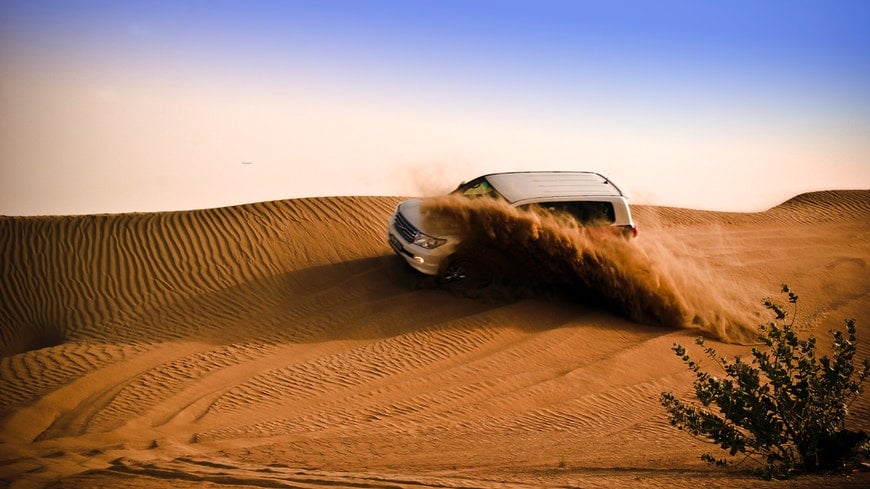
Credit: Carlos Herrero
Determining the best camera settings for desert photography is a tricky thing – it depends on the type of desert photos you want to take and the conditions you’re facing.
It’s not the same if you want to photograph the moon over a desert landscape as it is to capture sand dunes with strong shadows in the middle of the day.
There are a few things that you can consider when choosing your settings. As you probably know, exposure is determined by three factors: aperture, shutter speed and ISO. The important thing is that you learn which one to prioritize.
If there’s a moving subject or you want to capture motion, you need to choose the shutter speed first – then adjust the other two for correct exposure.
On the other hand, if you have a static scene and are using a tripod, you don’t have to worry about the shutter speed.
Consider the aperture to control the depth of field and use the lowest ISO possible to preserve the image quality and avoid noise in your images.
To have a better light reading, don’t forget to choose the best metering mode for the situation. For example, if you want to photograph a silhouette or there is backlighting, it’s best to use spot metering mode.
Once you take the photo, don’t forget to check the histogram to make sure everything is properly exposed. Some bracketing shots are always a good idea – especially if your desert landscape scene is very contrasted.
4. Invest in proper clothing

Desert Floor | Credit: Walid Ahmad
What do you wear to a desert photo shoot? That’s an important question because deserts have very extreme temperatures, and you’re going to be out there for long periods of time.
Layering is a big part of dressing for the desert. You can go from extreme heat (an average of 38° C/100° F) during the day to a -4° C (25° F) at night. Of course, this varies according to the time of the year and which part of the world you’re in.
For the heat, wear natural fibers such as cotton that don’t adhere to the body – this way, the air can circulate.
Use long sleeves and pants to avoid sunburn and getting hurt with branches or thorns. Sunglasses are very important to protect your eyes as the sand can be very reflective.
For the cold, you should wear clothing that keeps you warm for as long as possible.
In both situations, it’s important to wear a good pair of trekking or hiking shoes. This will protect you from hurting your feet and your spine since desert photography often involves walking long distances with a heavy camera bag on your back.
5. Make sure you do some weather planning
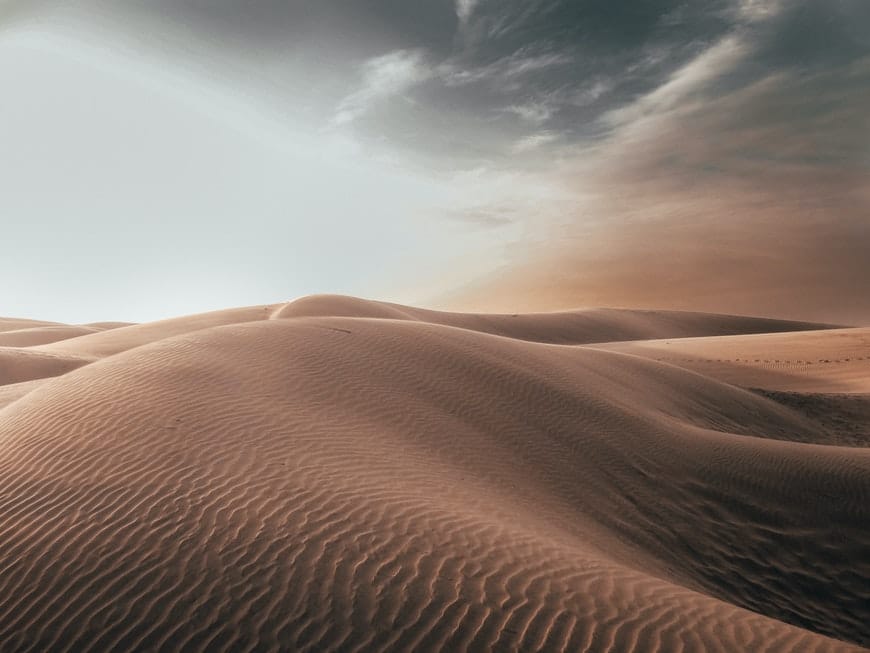
Desert dunes | Credit: Sharad Bhat
When it comes to desert photography, each time of the year presents different challenges and opportunities.
Spring is one of the most forgiving seasons because the temperatures are less extreme. Also, if you want to photograph some desert wildflowers, this is the best time to do it.
If you’re a storm hunter, then you’ll probably want to plan a desert shoot during the summer . It can be quite difficult to deal with the heat – however, it’s monsoon season, so you’re likely to get some breathtaking landscapes.
Autumn is great to photograph the night sky because the temperature at night starts to drop, but it’s still not too cold.
Winter is probably the last period of the year you would think of going out to photograph the desert. In fact, it can be a harsh environment – but it offers the possibility to do some stunning images with the ice or snow, the rainfalls, etc.
Obviously, the weather conditions aren’t the same throughout the entire season. Once you’ve picked a time of the year, you should monitor the weather for the exact dates of your trip.
Landscape photographers very much appreciate Accuweather because it tells you when it’s going to rain, what the cloud coverage will be, and lots of other helpful details (all with a good accuracy rate).
PhotoPills is another useful app to plan your trip with some forecast information.
You should also check for the sunrise and sunset times if you want to photograph during the blue hour and golden hour . That way, you can plan the best time to arrive and set up before those precious moments start.
The Photographer Ephemeris is another useful tool for this. Unfortunately, it’s not available for Android – but you can use the browser version.
6. Scout your location before the trip
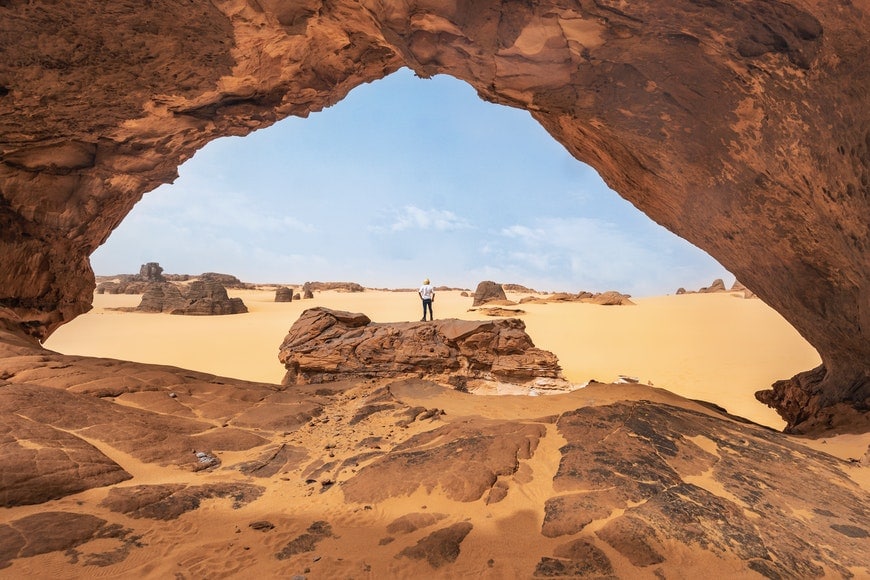
Credit: Noureddine Belfethi
If you’re interested in photographing the desert, you already know that it isn’t just a big sandbox. There are sand dunes, slot canyons, etc.
To find the best spot with interesting elements, you should scout your desert photography location in advance. It’s not always possible to do this physically; fortunately, there are ways to do it virtually.
Google Maps is the first tool that comes to mind when we’re trying to find a location in everyday life. It’s also a great way to start as a landscape photographer.
First, you can see how to get to your desired location and how far can you get by car.
Then, you can move on to street-view so that you can see what the place looks like – if it’s open desert, if there are plants, etc.
This step is easier if you’re scouting popular locations such as the Death Valley National Park, the Bryce Canyon National Park or any place where other photographers have already shared their images to complement Google’s information.
There’s also Google Earth which allows you to see locations at ground level or from a higher angle of view.
With Google Earth, you can measure distances – which will help you decide if you’ll need a wide-angle lens, a telephoto lens, or both.
Once you’ve decided where you’re going and how to get there, you need to research some other important information.
Do you need a permit to visit and/or photograph this location? This may change depending on where you live.
For example, about a fourth of all the national parks require an entry fee in the US. Even when the entrance to the park is free, sometimes you need to apply and pay for a permit if you intend to photograph or film (though usually, this applies only if you need to bring models, props, flashes, etc).
Can you camp at the same location? If you intend to shoot the night sky, you’ll need to spend the night, so you have to make sure this is possible.
Otherwise, research the opening times. Remember that soft light happens early in the morning and late in the evening.
If you’re going for highly contrasted scenes, you need hard light – but it’s better when it’s coming from an angle, so it’s still a good idea to avoid the middle part of the day.
Is there wildlife? Animals are part of the natural environment. Whether you want to incorporate animals into your desert landscapes or avoid dangerous wildlife, it’s a good idea to be informed before your trip.
Are there any other customs or regulations that you need to be aware of? From restricted areas to preserving the environment, a photoshoot in the desert requires knowledge beyond photographic skills. Make sure you go as prepared as possible.
7. Don’t forget about post-processing
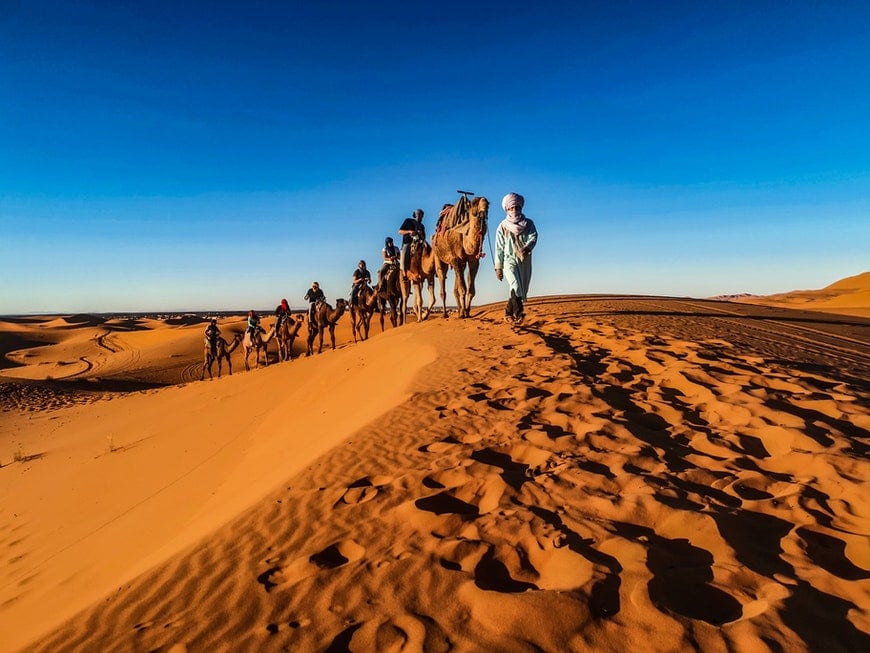
Credit: Henrik Lebotos
Post-processing can certainly take your desert photography efforts to the next level.
If you were out shooting in high winds blowing sand, you could end up with some flat images. Use Dehaze in Lightroom to add some contrast and saturation.
Also, to increase the contrast (whether you were in a sand storm or not), you can adjust the highlights and shadows. This will create depth in the image and will help you to emphasise natural patterns such as cracked mud.
If you didn’t have a graduated neutral density filter with you and there was too much difference in the exposure of the sky against the foreground, you can make some selective adjustments.
You can use the Graduated Adjustment filter in Lightroom or an Adjustment layer with a gradient applied as a layer mask in Photoshop.
The Clarity and Texture sliders help you bring out the details without oversaturating them, so these can be helpful when you have intricate patterns in the image.
If you’ve only got limited time to shoot and there’s no texture or interest in the sky, remember that you can always use software such as Luminar Neo ( reviewed here ) to add a realistic sky in post-production too.
10 Desert Photography Ideas
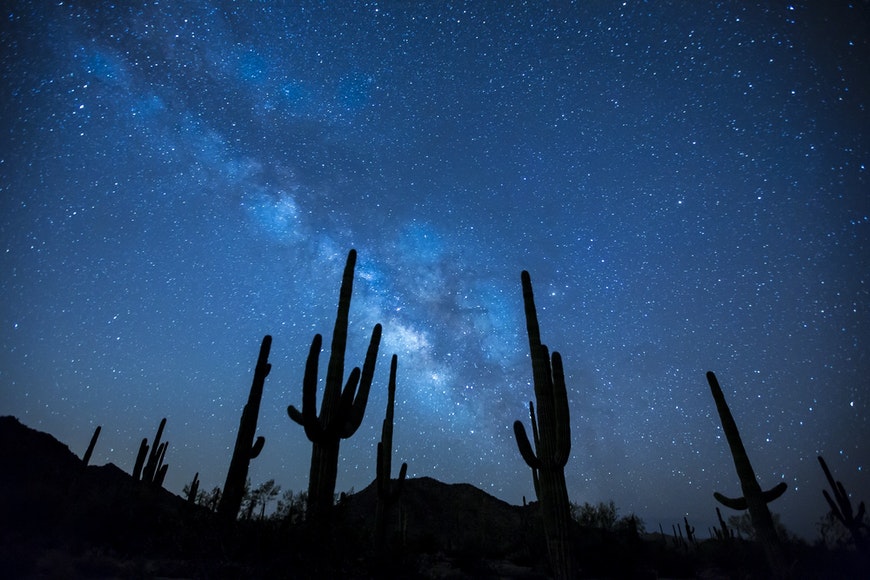
Credit: Pixabay
Ever wondered what to photograph when in the desert? Having a model would be great, but that’s not always possible, so here are 10 ideas:
- Mirages – A mirage is an optical illusion often found in desert landscapes caused by light diffraction . If you can see it, so can your camera.
- Patterns – Desert photography often involves patterns because they can be in the sand, the rocks, the plants, etc. You’ll have plenty of texture to find interesting patterns. You can also create your own patterns by drawing in the sand, for example.
- Wildlife – Aside from the popular camels in the Sahara, many animals live in the desert. Depending on the area, you might find some really astonishing models for your desert photography. For example, goats in Australia’s Simpson Desert, gray foxes in the Atacama Desert in Chile, meerkats in the South African Kalahari or a gemsbok in Namibia’s Namib Desert.
- Black and white landscapes – Desert landscapes are subjects that render really well in greyscale. You can take the photographs in color and change them to black and white in post-processing. This way, you’ll have both choices to choose from. Any photo editing program allows you to do this.
- The Milky Way – The desert is a great place to photograph the milky way – or shoot astrophotography in general because there’s less light pollution than you normally find in the city. Use a wide-angle lens to capture a big piece of the sky and incorporate part of the landscape to make a more interesting composition. Start with a 30-second exposure and make adjustments from there. Keep in mind that you can shoot multiple images and blend them together in Photoshop later for striking results.
- Leading lines – Composition rules are as important in desert photography as they are in any other photographic genre. Leading lines are particularly useful because they can help you to ‘pull in’ the viewer and add depth to the image in such a vast space.
- Silhouettes – For a fun and creative photo, you can incorporate silhouettes into your desert photography. This can be of a model, a cactus, or any other object you can think of. The trick is to shoot against the sun, then determine the correct exposure for the background – this will underexpose the subject leaving only the black shape.
- The moon – To photograph the moon, you’ll need a telephoto lens – unless you want to include the landscape in the foreground, then you’ll need a shorter focal length. Use the spot metering mode of your camera to determine the right exposure. Try to keep a low ISO and a small aperture for sharper images. This will result in longer shutter speeds, but you shouldn’t have any problems using a tripod and a trigger.
- Footprints – You can use your own footprints or look for interesting images with the ones left by other people. Using footprints, you can photograph patterns, leading lines, etc.
- Plants and flowers – Flower photography is not the first thing that comes to mind when you’re doing a desert photoshoot, but the desert is an ecosystem that hosts a wide variety of plants and flowers. Depending on the time of year, you’ll have different photo opportunities. In spring, you can find a colorful landscape with flowers in bloom. You can find blooming flowers like the coral and red penstemon in the Arizona desert even in winter.
12 Desert Photography Quotes
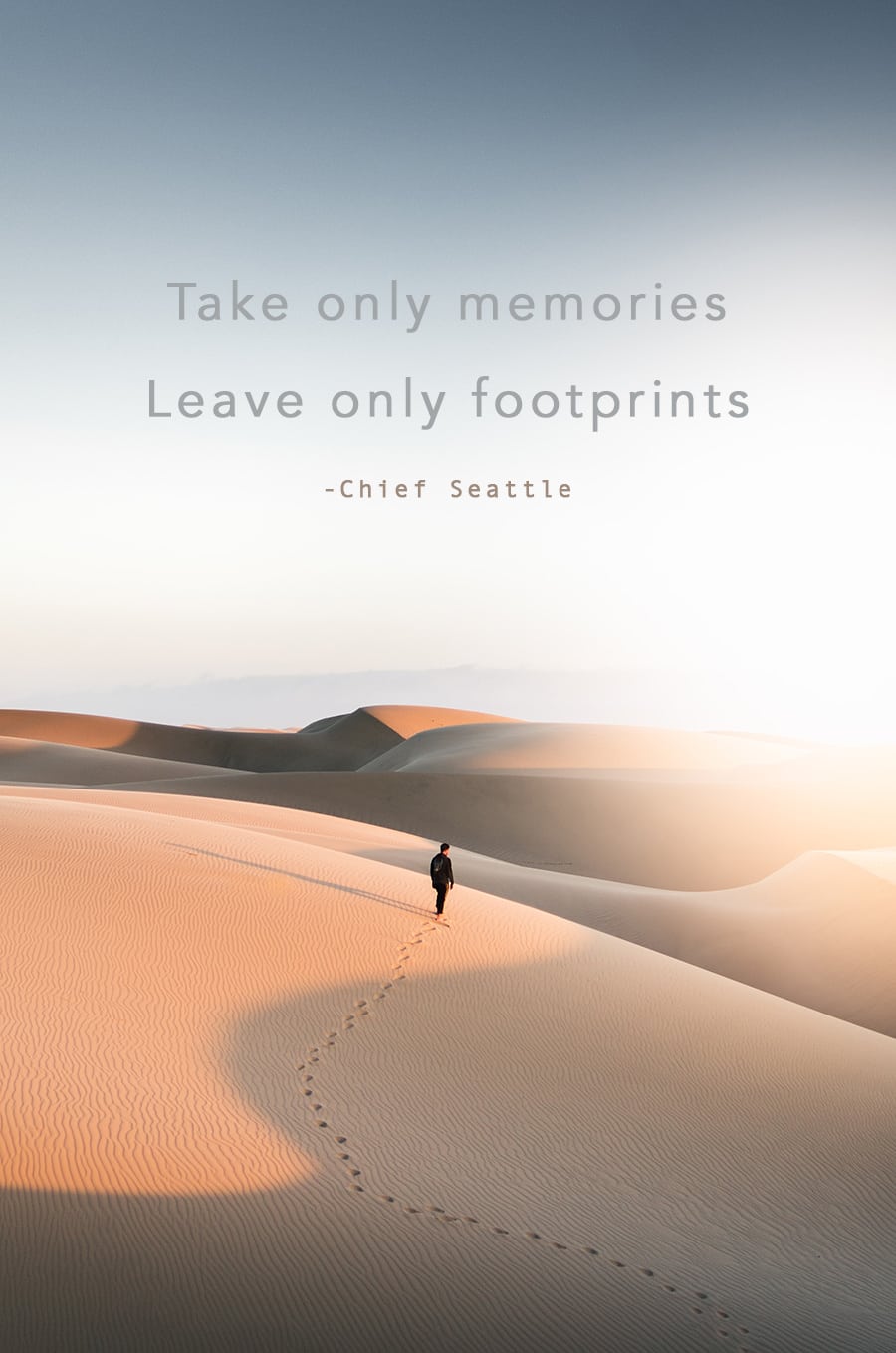
Credit: Kyle Cottrell
Looking for something to caption your latest desert photography image for Instagram? Here are some popular quotes you could use:
- “What makes the desert beautiful is that it hides, somewhere, a well.” – Antoine de Saint Exupéry in The Little Prince.
- “It’s a little lonely in the desert… It is lonely when you’re among people, too,” – Antoine de Saint Exupéry in The Little Prince.
- “You can’t fight the desert. You have to ride with it.” – Louise L’Amour.
- “I love the desert and its incomparable sense of space.” – Robyn Davidson.
- “The desert tells a different story every time one ventures on it.” – Robert Edison Fulton Jr.
- “On your journey to your dream, be ready to face oasis and deserts. In both cases, don’t stop.” – Paulo Coehlo.
- “The desert is a natural extension of the inner silence of the body.” – Jean Baudrillard.
- “Magic of the shadows can best be seen in deserts.” – Mehmet Murat Ildan.
- “A forest is mystery but the desert is truth.” – Keith Miller.
- “Take only memories. Leave only footprints.” – Chief Seattle
- “The desert is an ideal illusion of a blank slate – so much mystery in endless layers is hidden underneath its bright, pseudo-sterile surface.” – Vera Nazarian.
- “If you sing of beauty though alone in the heart of the desert you will have an audience.” – Khalil Gibran.
Final Words
Photographing the desert is not the easiest thing to do – but you’ll quickly find that it’s totally worth it.
I hope this article cleared up your doubts on how to go about it and gave you some creative ideas for your upcoming desert photography trip.
If you have any other questions or you want to share your own experiences, please do so in the comments section. We’re always happy to hear from you!

Check out these 8 essential tools to help you succeed as a professional photographer.
Includes limited-time discounts.
You'll Also Like These:

Ana Mireles is a Mexican researcher that specializes in photography and communications for the arts and culture sector.
Leave a Comment Cancel Reply
👋 WELCOME TO SHOTKIT!

🔥 Popular NOW:

Unlock the EXACT blueprint to capture breathtaking iPhone photos!
- Images home
- Editorial home
- Editorial video
- Premium collections
- Entertainment
- Premium images
AI image generator
- Curated collections
- Animals/Wildlife
- Backgrounds/Textures
- Beauty/Fashion
- Buildings/Landmarks
- Business/Finance
- Celebrities
- Food and Drink
- Healthcare/Medical
- Illustrations/Clip-Art
- Miscellaneous
- Parks/Outdoor
- Signs/Symbols
- Sports/Recreation
- Transportation
- All categories
- Shutterstock Select
- Shutterstock Elements
- Health Care
- Sound effects
PremiumBeat
- PixelSquid 3D objects
- Templates Home
- Instagram all
- Highlight covers
- Facebook all
- Carousel ads
- Cover photos
- Event covers
- Youtube all
- Channel Art
- Etsy big banner
- Etsy mini banner
- Etsy shop icon
- Pinterest all
- Pinterest pins
- Twitter All
- Twitter Banner
- Infographics
- Zoom backgrounds
- Announcements
- Certificates
- Gift Certificates
- Real Estate Flyer
- Travel Brochures
- Anniversary
- Baby Shower
- Mother's Day
- Thanksgiving
- All Invitations
- Party invitations
- Wedding invitations
- Book Covers
- About Creative Flow
- Start a design
- Photo editor
- Background remover
- Collage maker
- Resize image
- Color palettes
Color palette generator
- Image converter
- Creative AI
- Design tips
AI generator
- Custom plans
- Request quote
- Shutterstock Studios
- Data licensing
You currently have 0 credits
See all plans

Image plans
With access to 400M+ photos, vectors, illustrations, and more. Includes AI generated images!

Video plans
A library of 28 million high quality video clips. Choose between packs and subscription.

Music plans
Download tracks one at a time, or get a subscription with unlimited downloads.
Editorial plans
Instant access to over 50 million images and videos for news, sports, and entertainment.
Includes templates, design tools, AI-powered recommendations, and much more.

Desert Safari photos
171,330 desert safari stock photos from the best photographers are available royalty-free..

Our company
Press/Media
Investor relations
Shutterstock Blog
Popular searches
Stock Photos and Videos
Stock photos
Stock videos
Stock vectors
Editorial images
Featured photo collections
Sell your content
Affiliate/Reseller
International reseller
Live assignments
Rights and clearance
Website Terms of Use
Terms of Service
Privacy policy
Modern Slavery Statement
Cookie Preferences
Shutterstock.AI
AI style types
Shutterstock mobile app
Android app
© 2003-2024 Shutterstock, Inc.
Top 7 Desert Photography Ideas and Tips
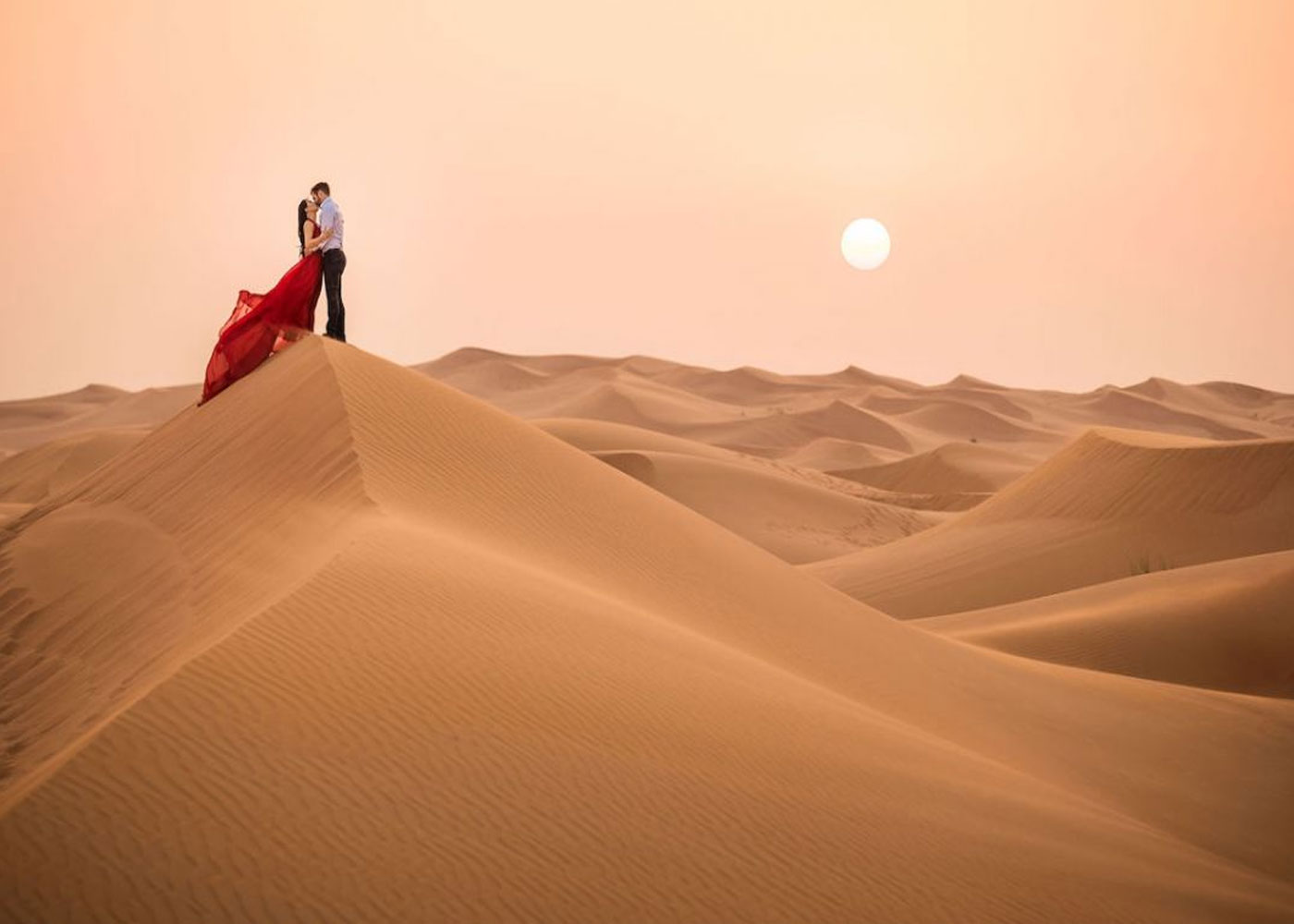
One of the popular locations for landscape photographers is the desert, but how can you capture the desert in a photograph? You must set yourself and your equipment up for excellence if you want to explore the fascinating world of desert photography and return home alive with an impressive collection of pictures. Here are some tips on what to wear, what to pack, what equipment you'll need, and other things. Additionally, you'll discover some desert photography ideas and tips to make the most of your trip, a few inspirational quotations about desert photography, and this could help with a few examples of photographs of desert scenery.
Entering a Desert safari in Dubai core opens up a world of startling contrasts, subdued beauty, and untamed wilderness, all captured on camera. The dry landscapes offer secrets that can be revealed via your lens in desert photography, which is an enthralling adventure. The top 7 desert photography ideas and tips that we will provide in this complete guide will not only improve your photos but also strengthen your relationship with these breathtaking landscapes.
However, it's important to abide by a few fundamental rules when shooting in the desert to keep yourself safe. Visits to the desert, while wonderful, call for very careful planning. Make the most of your next vacation to the desert by using the following 7 desert photography ideas and suggestions. More than just massive buildings and lavish lifestyles can be found in Desert safari Dubai. The stunning desert attests to the fact that it is a place of opposites. Let's explore the enormous Desert safari in Dubai to get some amazing photographic inspiration.
1. A Magical Golden Hour
Concept: Dawn and dusk in the desert are very beautiful. The dry landscape is well-lit by a cozy, inviting glow during the golden hour.
Instructions: To capture the ethereal splendor of the desert at sunrise or sunset, get up early or remain out late. The diffused, soft light paints the dunes and rocks with rich, golden colors, lending the landscape a mystical air. Investigate different exposure options to capture the interaction of light and shadow.
2. Embrace a minimal mindset
Concept: The most striking aspect of the desert can be its bare simplicity. Focus on one component alone and let it shine.
Instructions:: In the expanse, search for lone cacti, a worn rock, or a lone figure. The subject and the emptiness surrounding it are in strong contrast, which is highlighted by the minimalist style. capture the solitude and peace of the environment.
3. The Sandcastles' Shadows
Concept: The vast sky of the desert provides a canvas for intriguing silhouettes.
Instructions:: Set your subject be it a human, an animal, or an object—against the luminous foreground of a desert dawn, or sunset. To capture the vivid colors and black edges in the sky, adjust your exposure.
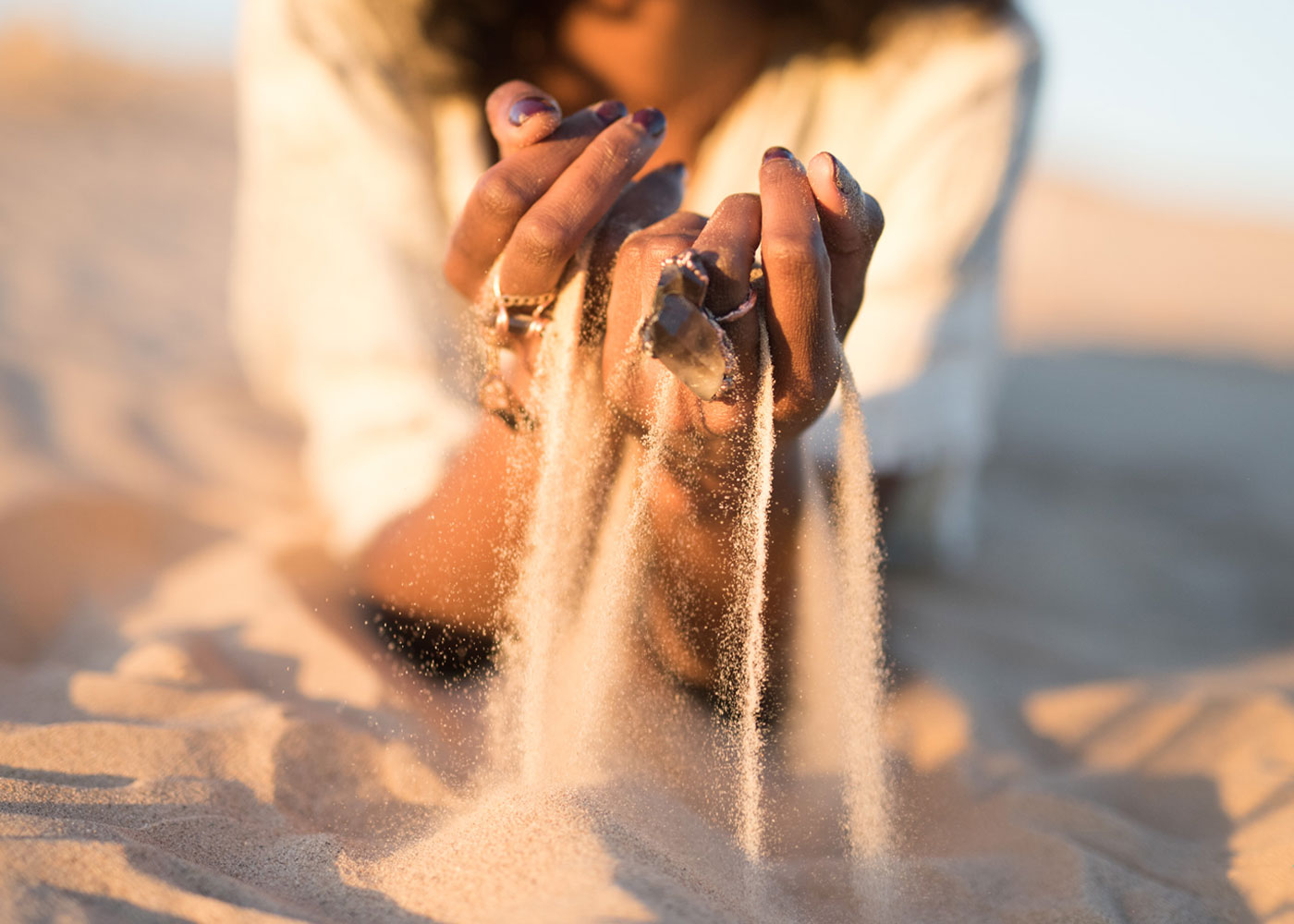
4. Exploring illusions
Concept: Desert photography takes on a mysterious quality because of the shimmering mirages on the horizon.
Instructions: Be aware of these visual tricks. They might resemble far-off oases or glistening pools of water. Bring the mirage closer with a telephoto lens to get an unbelievable image.
5. Nightscapes with Stars
Concept: is that desert regions make excellent astrophotography locations because their starry skies are so bright.
Instructions: To photograph the expansive night sky, mount your camera on a sturdy tripod and use a wide-angle lens. To capture the beauty of the Milky Way or shooting stars, try using long exposures. During these prolonged exposures, camera shake can be avoided with a remote shutter release.
6. Wildlife Viewings
Concept: Unique wildlife, each adapted to the extreme environment, abounds in desert ecosystems.
Instructions: Exercise patience and awareness. You can come upon a rattlesnake looking for cover or a desert fox searching for food. To photograph these elusive creatures without getting too close, use a telephoto lens.
7. Cultural Views
Concept: Getting to know the people who live in the desert can enrich your photographs.
Instructions: Find native people and take pictures of them in their daily activities, traditional garb, and religious rituals. Respectfully interact with them, obtain their permission, and use your photographs to tell their stories.
In addition to producing great photographs, including these desert photography ideas and strategies in your creative toolkit can increase your appreciation for the beauty and mystique of these dry environments. Accept the challenge of capturing the pure beauty and thrill of a Dubai desert safari. There are endless opportunities to capture beautiful images of the desert's golden dunes, lively cultural displays, thrilling activities, and peaceful nights spent beneath the stars. Although taking pictures of the desert is not the easiest thing to do, you'll quickly discover that it is completely worthwhile. Remember to respect the desert's fragility and the native communities that live there as you explore it. Your camera will serve as your guide as you prepare to set out. Take a unique photography experience by picking up your camera and using these Desert Safari Dubai Photoshoot Ideas!
Our Blogs | Film District Dubai
Our video production blogs.

Benefits of working with a property agents..
- - by anthony-morha
- May 30, 2024

The Exclusive Appeal of Palm Jumeirah..
- May 21, 2024

Dubai: Embracing the Future through..
- May 14, 2024

The Global Surge of Nicotine Pouches:..
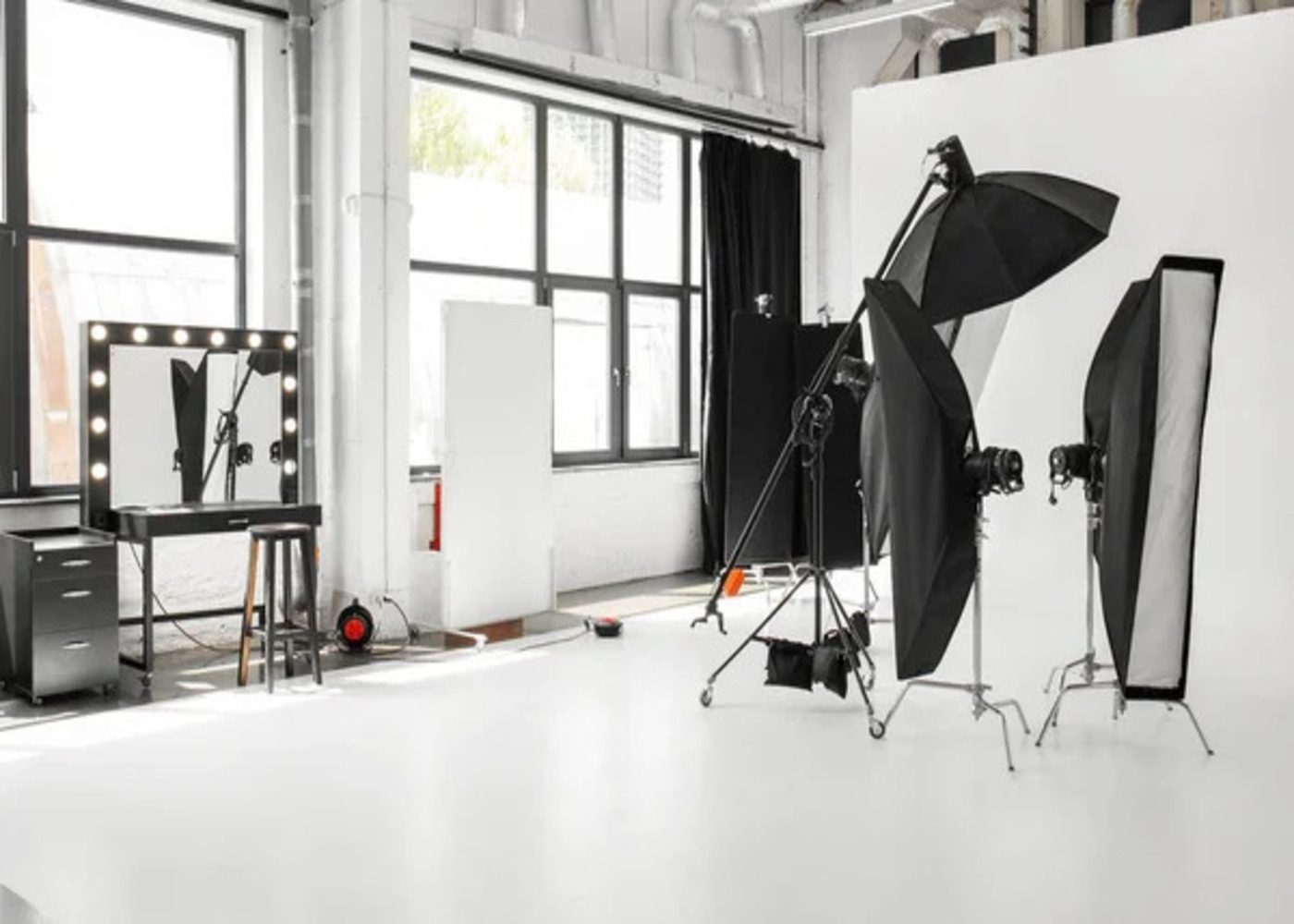
Interior Design Studio Masterpieces in Film:..
- May 13, 2024
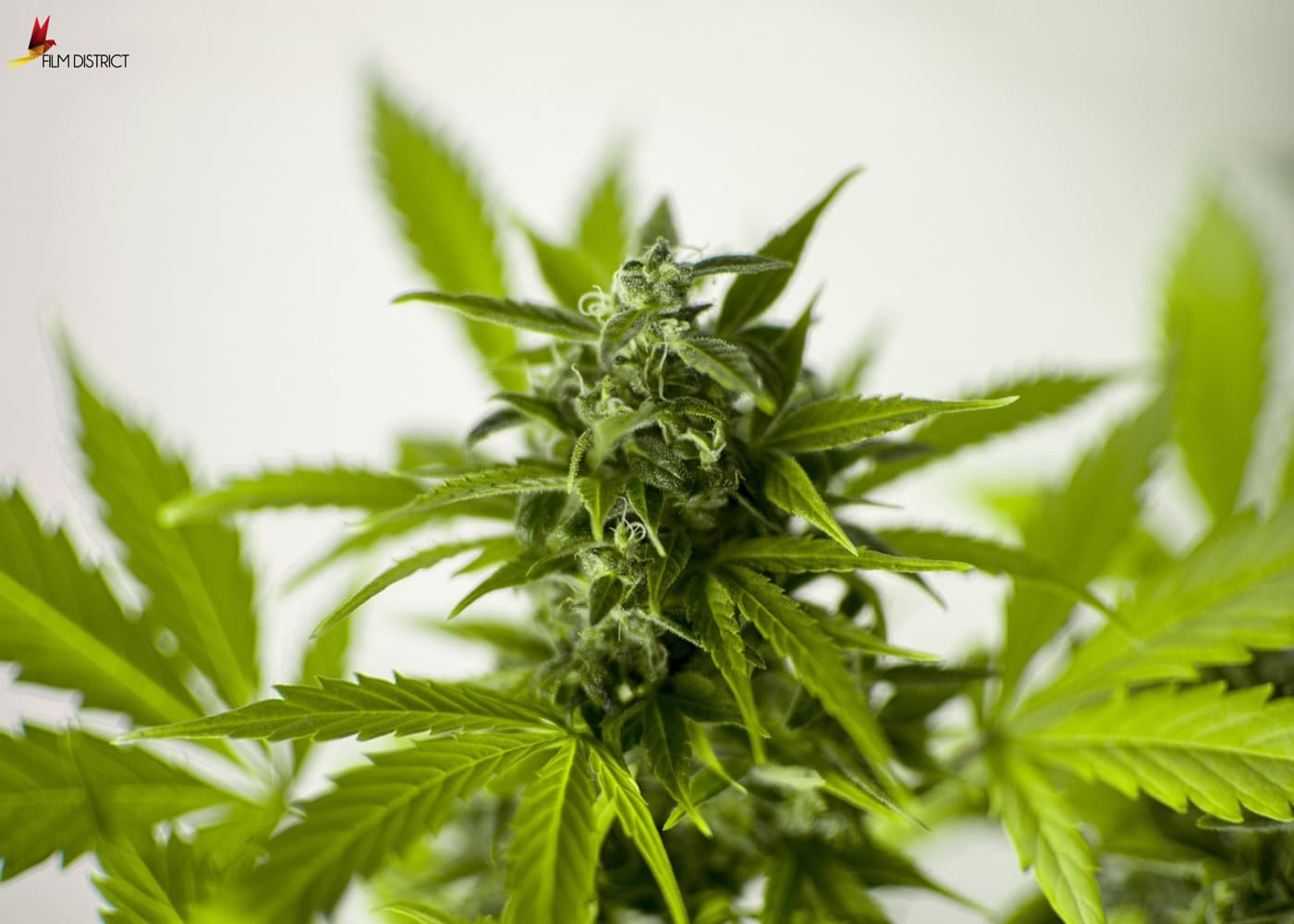
Desert Safari Images

- Add to collection
- Save to Pinterest
- car driving

- stylish woman
- fashion model
- fashion women

- tourism traveling
- holiday travel

- business landing
- corporate website
- business landing page

- desert safari
- desert landscape

- formula one

- desert sand

- summer trip
- summer travel

- desert logo
- logo templates

- desert road

- business website

- family holiday
- family portrait

- mature woman
- adult woman

- pregnant woman

- hijab woman

- banner template
- nature template

- fashion style

- mountain trees

IMAGES
VIDEO
COMMENTS
Capture the essence of the desert with a stunning photoshoot. Explore top ideas for a memorable desert safari photoshoot and create beautiful memories in the golden sands.
The magnificent landscape of Dubai's desert can make for some of the most stunning photoshoots. With the sun setting over the endless stretch of sand, a photo shoot in the Desert Safari Dubai is a dream for every shutterbug. Let's walk through some of the most unique and inspiring Desert Safari Dubai Photoshoot Ideas.
About my safari photography experience. Hello! In case we haven't met, I'm Bella, and I'm an award-winning travel and wildlife photographer.. I've photographed wildlife on all seven continents, from penguins in Antarctica to puffins in the UK and from whales in Sri Lanka to sloths in Costa Rica.. In 2020 I won Travel Photographer of the Year at the UK Travel Media Awards (and was a ...
If you are looking for amazing wildlife shots of fast action or in low light, then you will want to invest more money in a high-end set-up. As an example, compare these two shots of a leopard taken in low light at the end of the day. Both are uncropped. Shot on Sony RX100 V Compact Camera. Shot at 70mm.
Panoramic sunrise across vast desert landscape blue sky with some clouds. of 100. Browse Getty Images' premium collection of high-quality, authentic Desert Safari stock photos, royalty-free images, and pictures. Desert Safari stock photos are available in a variety of sizes and formats to fit your needs.
Download the perfect desert safari pictures. Find over 100+ of the best free desert safari images. Free for commercial use No attribution required Copyright-free
English. Download and use 10,000+ Safari Desert stock photos for free. Thousands of new images every day Completely Free to Use High-quality videos and images from Pexels.
Apr 10, 2022 - Explore Brendah | Travel | Lifestyle's board "Desert safari outfits" on Pinterest. See more ideas about desert photoshoot, desert photoshoot ideas, sand dunes photoshoot.
Oct 7, 2022 - Explore Alex A.'s board "Desert Safari" on Pinterest. See more ideas about desert photoshoot, desert photography, desert photoshoot ideas.
7 Desert Photography Tips for Amazing Images. 1. Bring the right gear (and something to protect it) Camera gear of landscape photography master Peter Eastway. The desert is usually not a close or easy thing to visit. So, once you're there, you'll want to make the most out of your photoshoot.
342 Free photos of Desert Safari. Hundreds of desert safari images to choose from. Free high resolution picture download. Royalty-free photos. wadi rum jordan desert. hot air balloon africa. namibia africa desert. dubai desert safari. gazelle africa animal. safari jeep desert.
Desert Safari photos. 143,659 desert safari stock photos and photography are available royalty-free. See desert safari stock video clips. Find Desert Safari stock images in HD and millions of other royalty-free stock photos, illustrations and vectors in the Shutterstock collection. Thousands of new, high-quality pictures added every day.
Download and use 30,000+ Desert Safari Pictures stock photos for free. Thousands of new images every day Completely Free to Use High-quality videos and images from Pexels. Photos. Explore. License. Upload. Upload Join. Free Desert Safari Pictures Photos. Photos 34K Videos 7.2K Users 1.8K. Filters. Popular. All Orientations. All Sizes #
Visits to the desert, while wonderful, call for very careful planning. Make the most of your next vacation to the desert by using the following 7 desert photography ideas and suggestions. More than just massive buildings and lavish lifestyles can be found in Desert safari Dubai. The stunning desert attests to the fact that it is a place of ...
Desert safari in Dubai Dubai, United Arab Emirates - February 01: Desert safari with Dune bashing by a 4x4 car is a very popular activity. desert safari stock pictures, royalty-free photos & images Desert safari in Dubai
Previous123456Next. Download and use 10,000+ Desert Safari stock photos for free. Thousands of new images every day Completely Free to Use High-quality videos and images from Pexels.
Capture the beauty of the desert with our curated list of the best photo ideas for your Desert Safari Dubai adventure. From stunning sunset shots against the sand dunes to candid camel encounters and sandboarding action shots, this guide will help you create breathtaking memories through your lens. Unleash your creativity and let the desert be your canvas!
Desert Safari Images. Images 100k Collections 10. ADS. ADS. ADS. Page 1 of 100. Find & Download Free Graphic Resources for Desert Safari. 100,000+ Vectors, Stock Photos & PSD files. Free for commercial use High Quality Images.
2,060+ Free Templates for 'Desert safari'. Fast. Affordable. Effective. Design like a pro. Create free desert safari flyers, posters, social media graphics and videos in minutes. Choose from 2,060+ eye-catching templates to wow your audience.